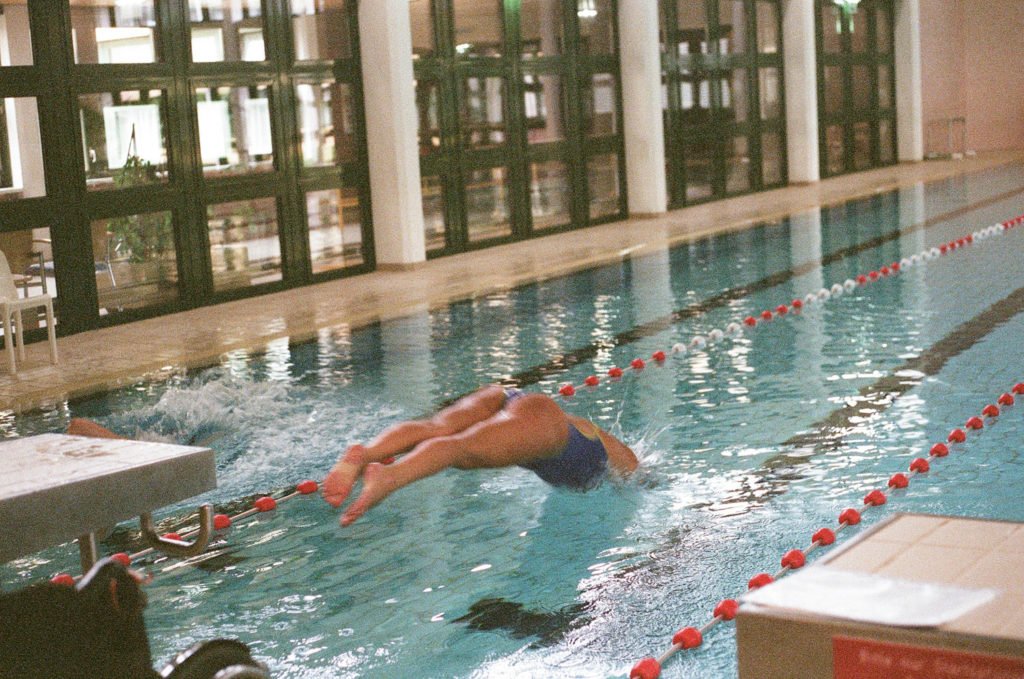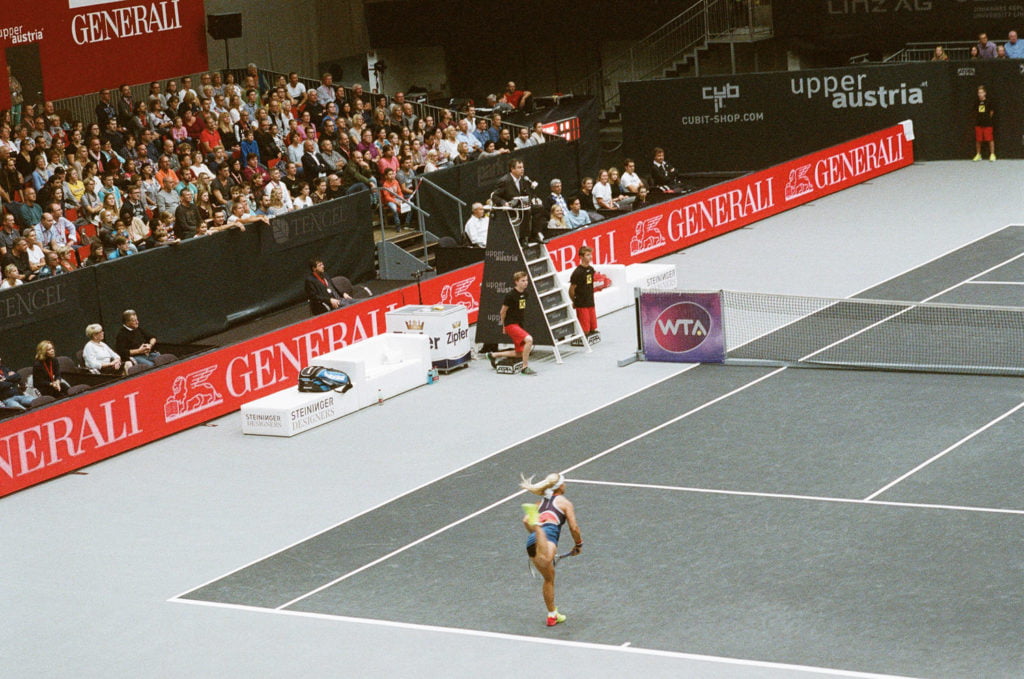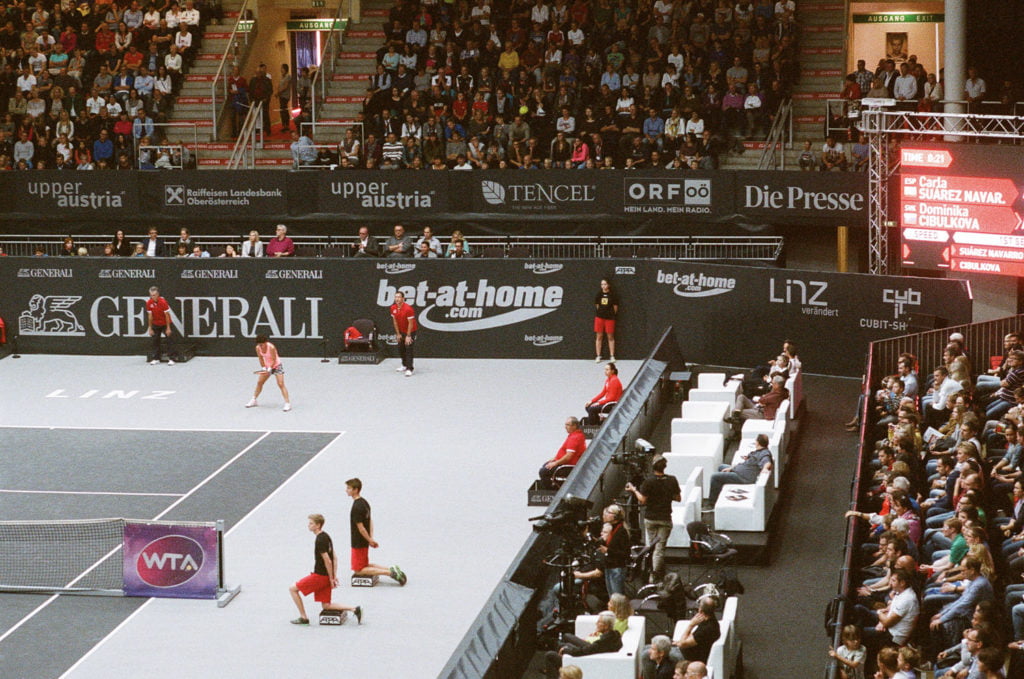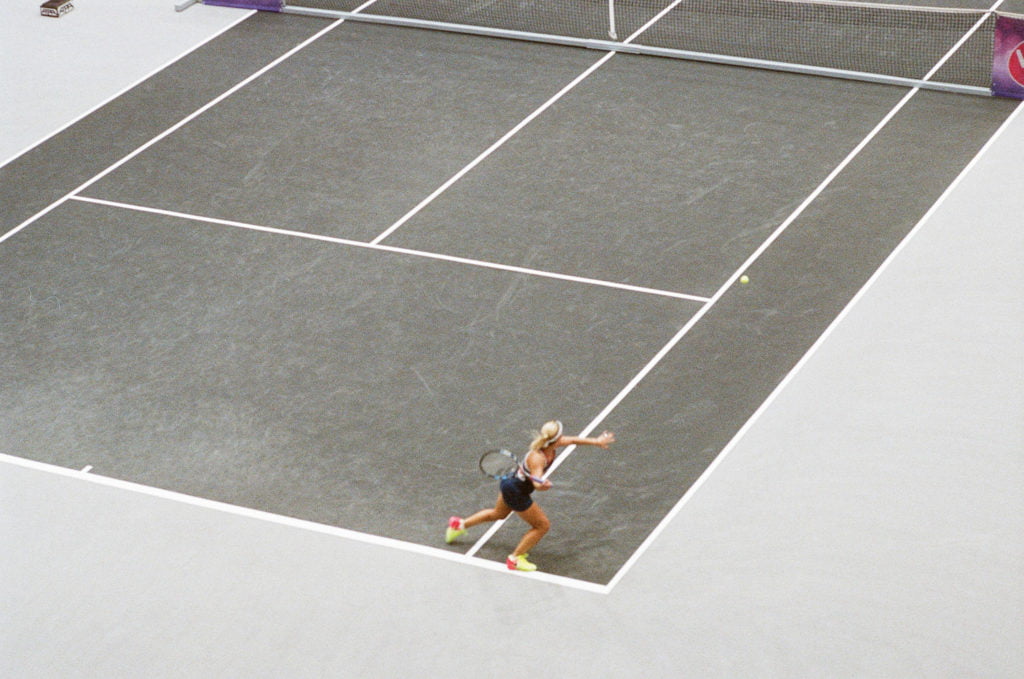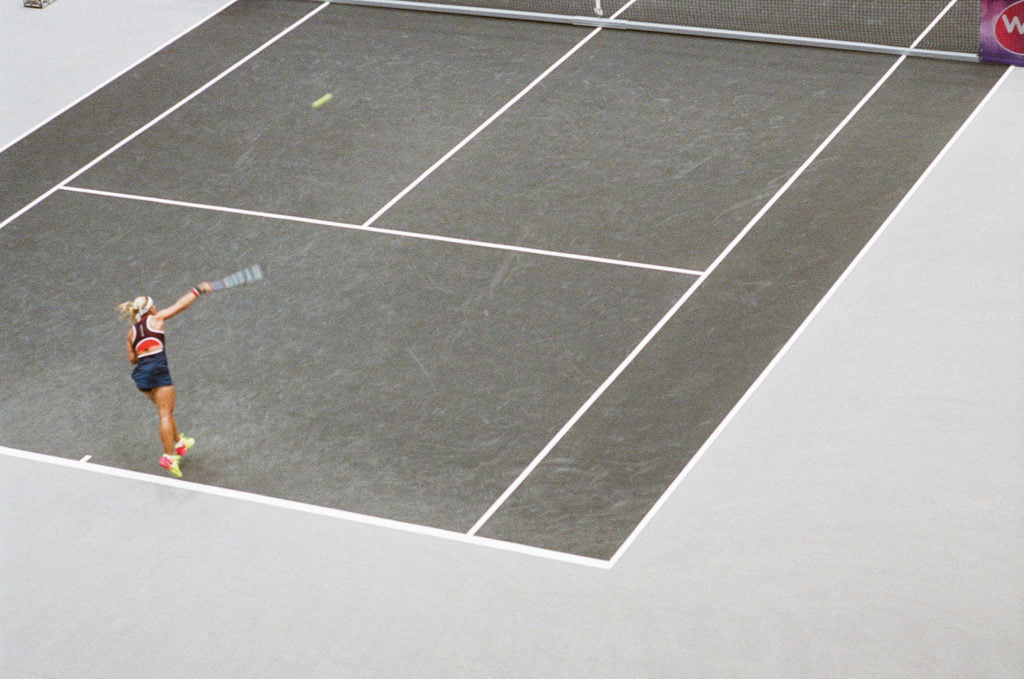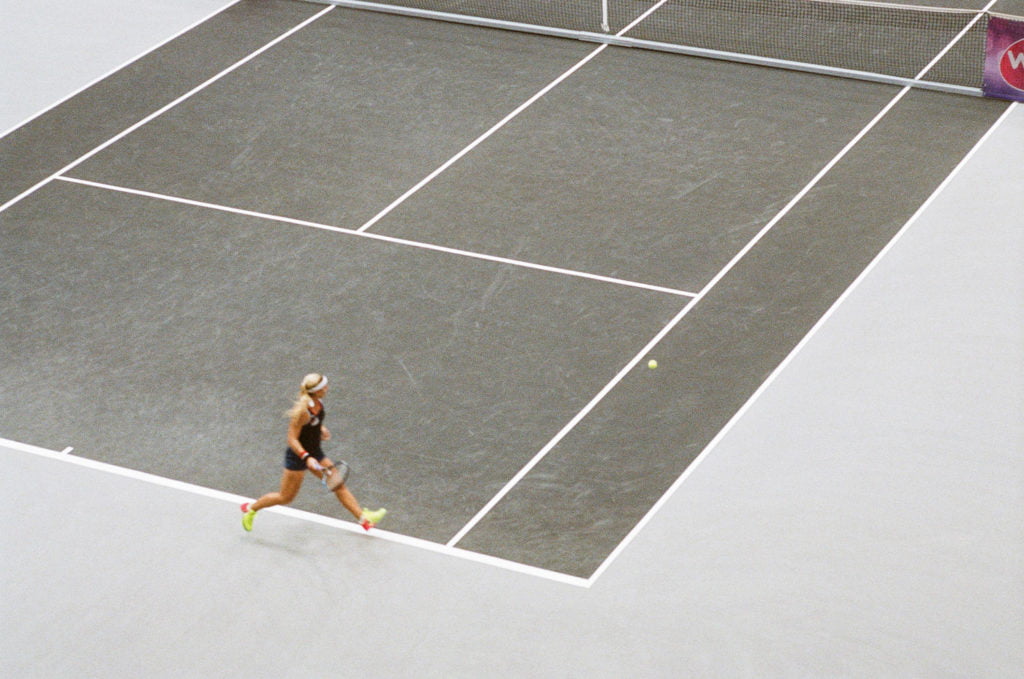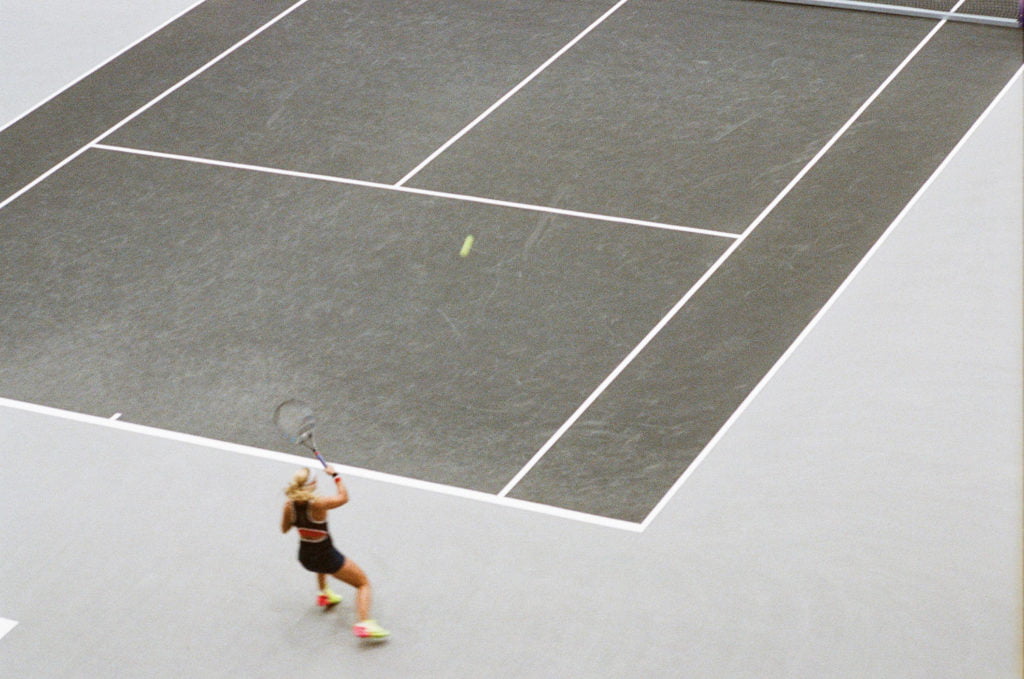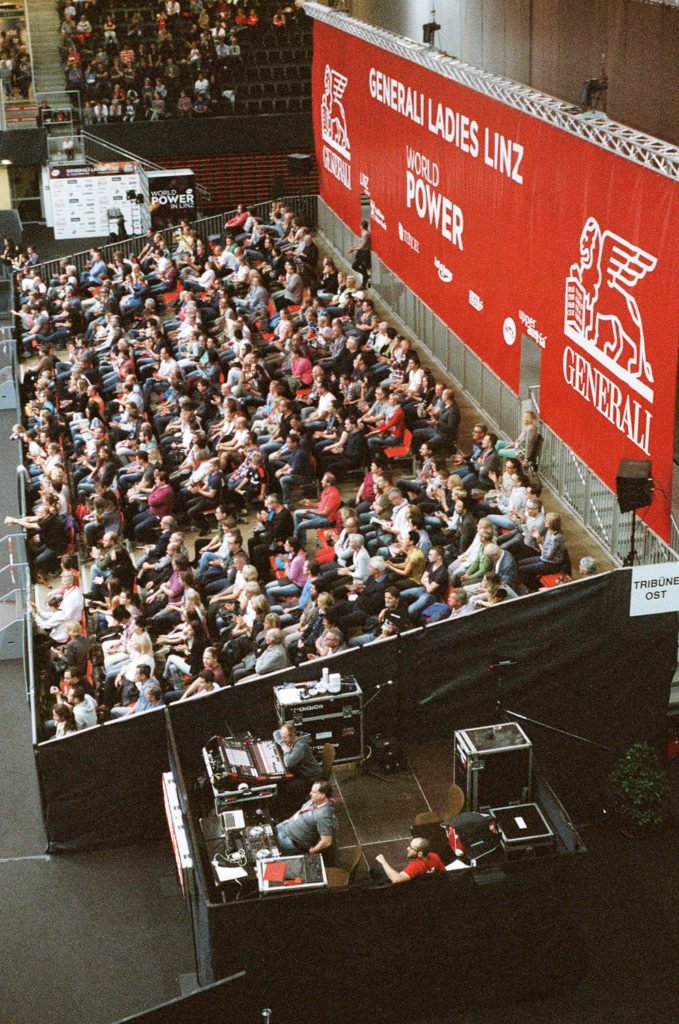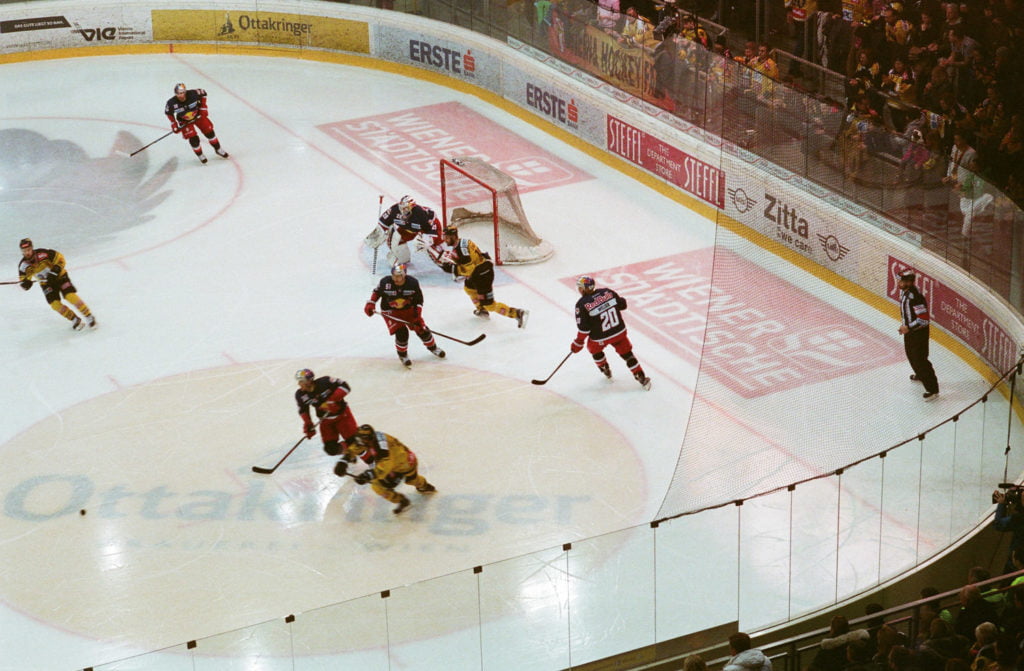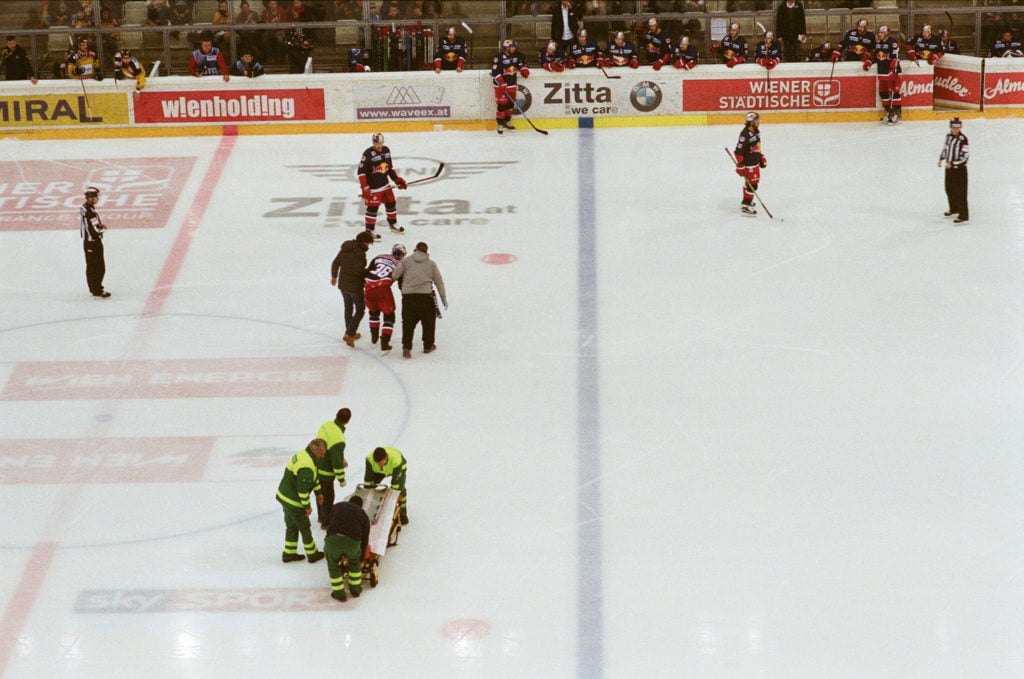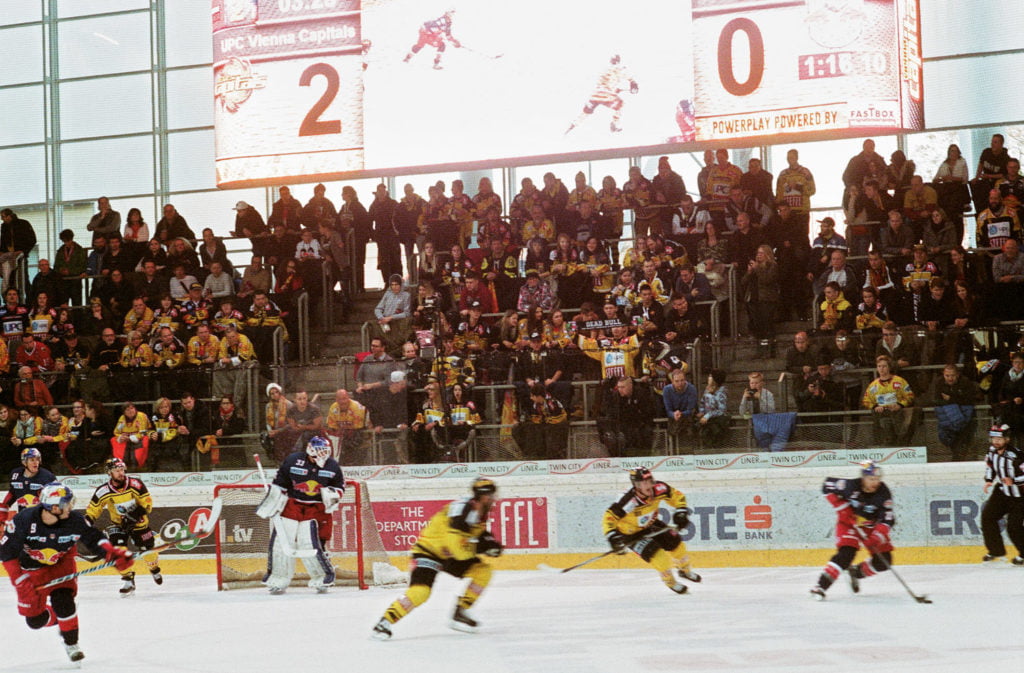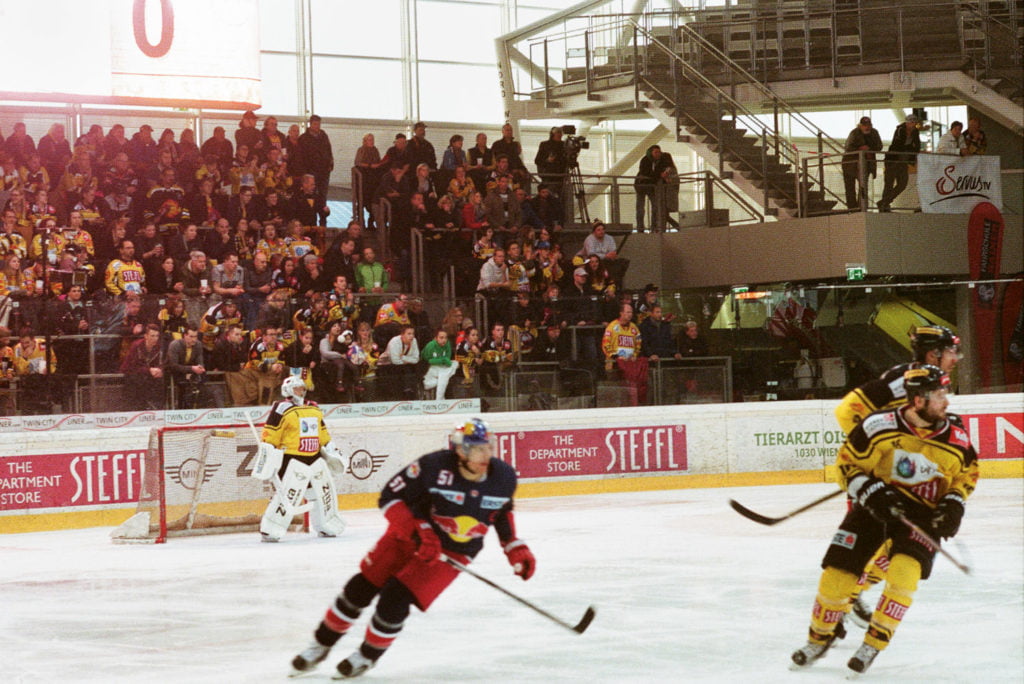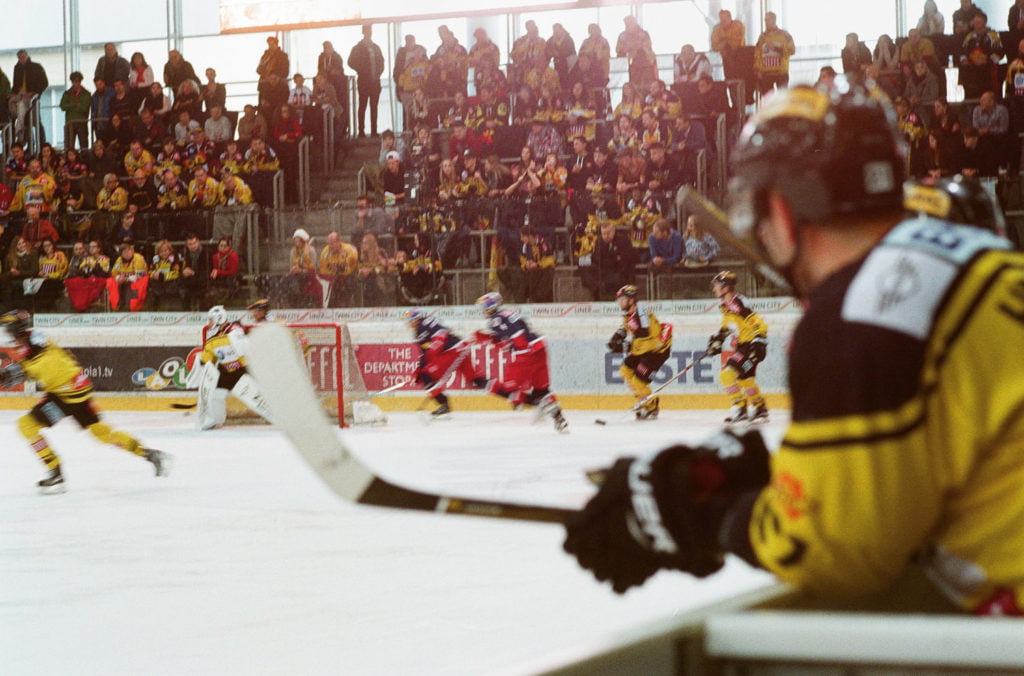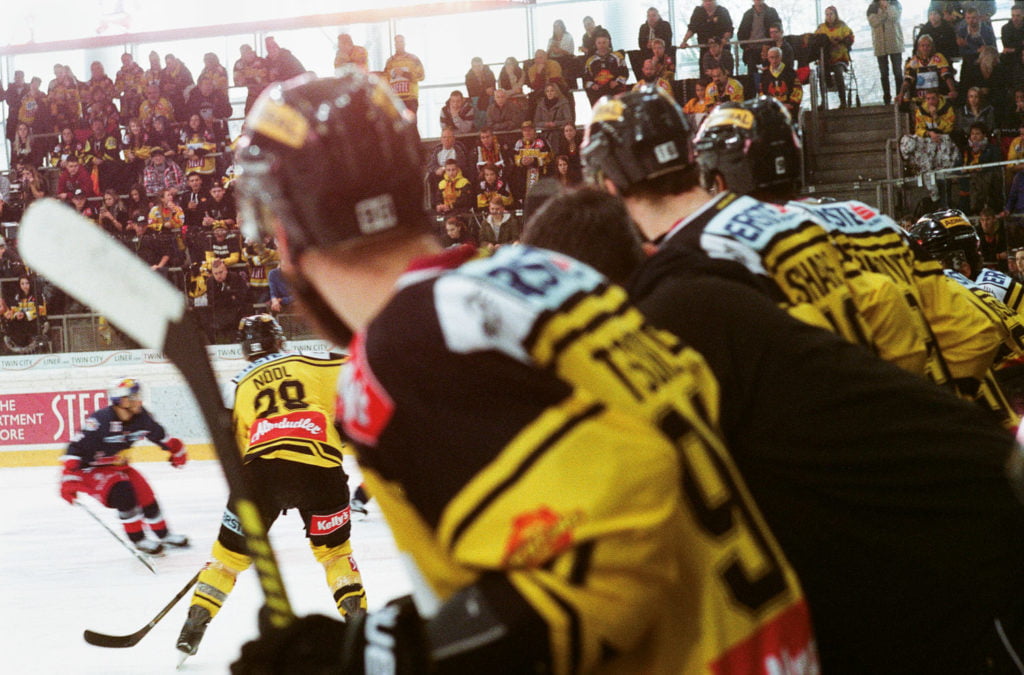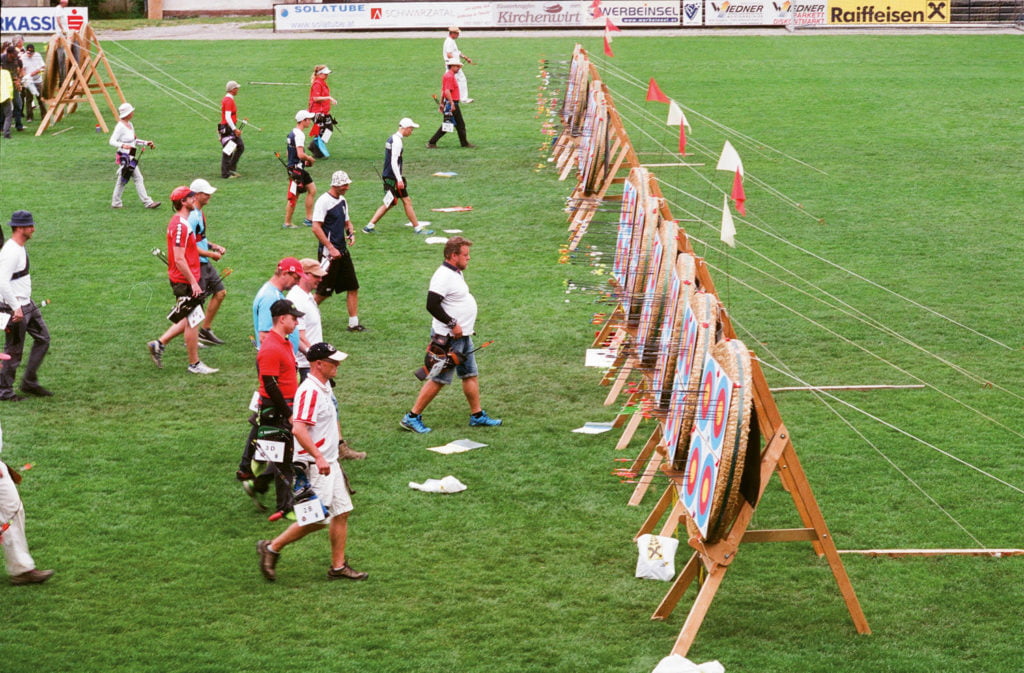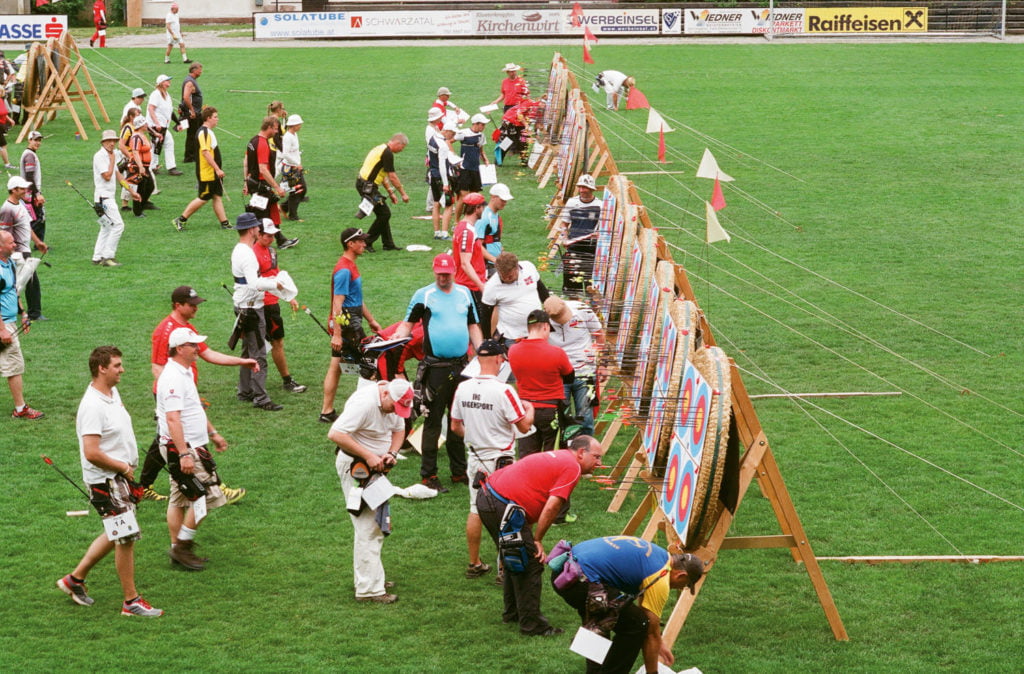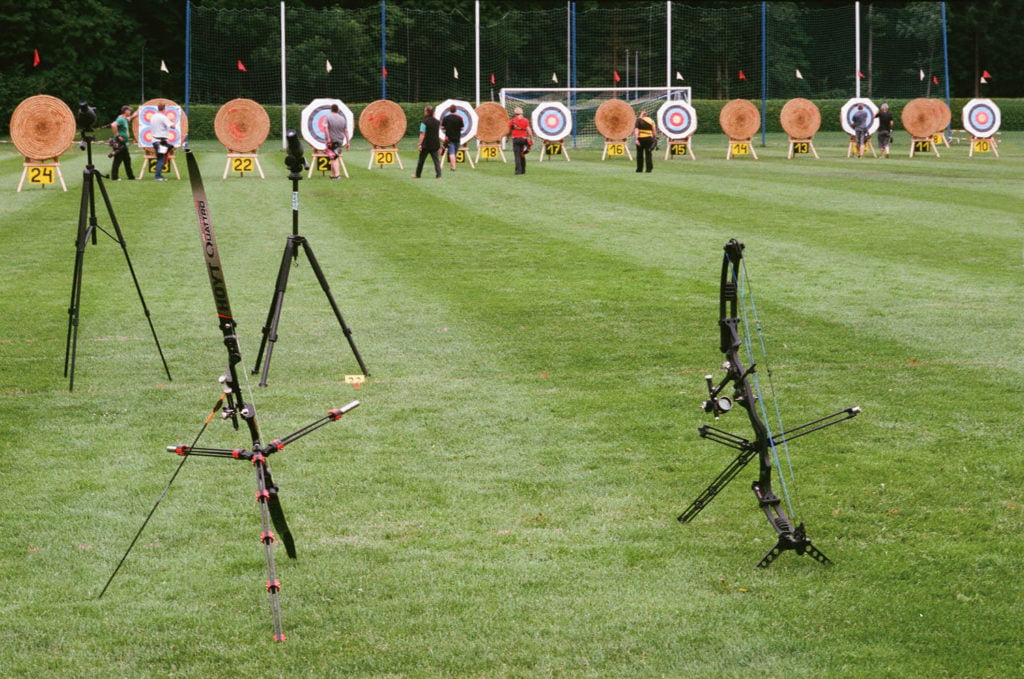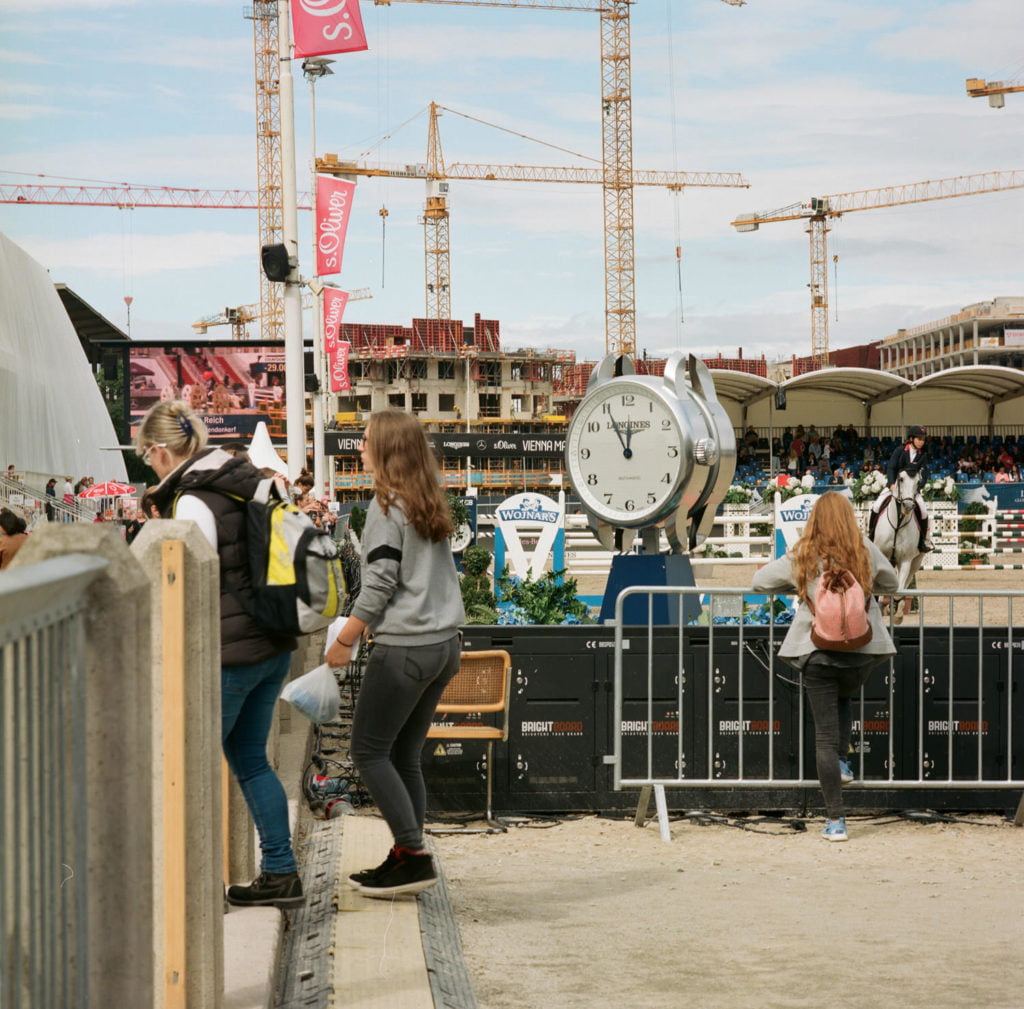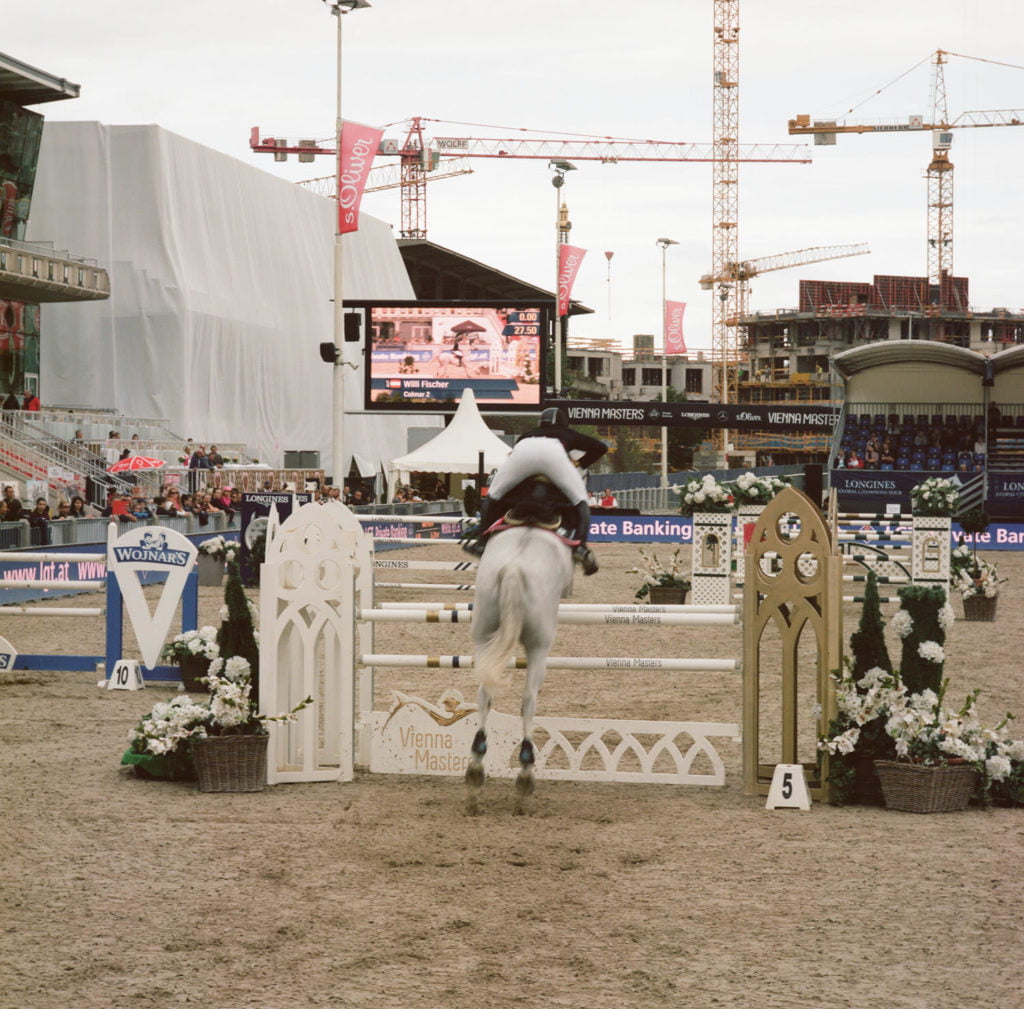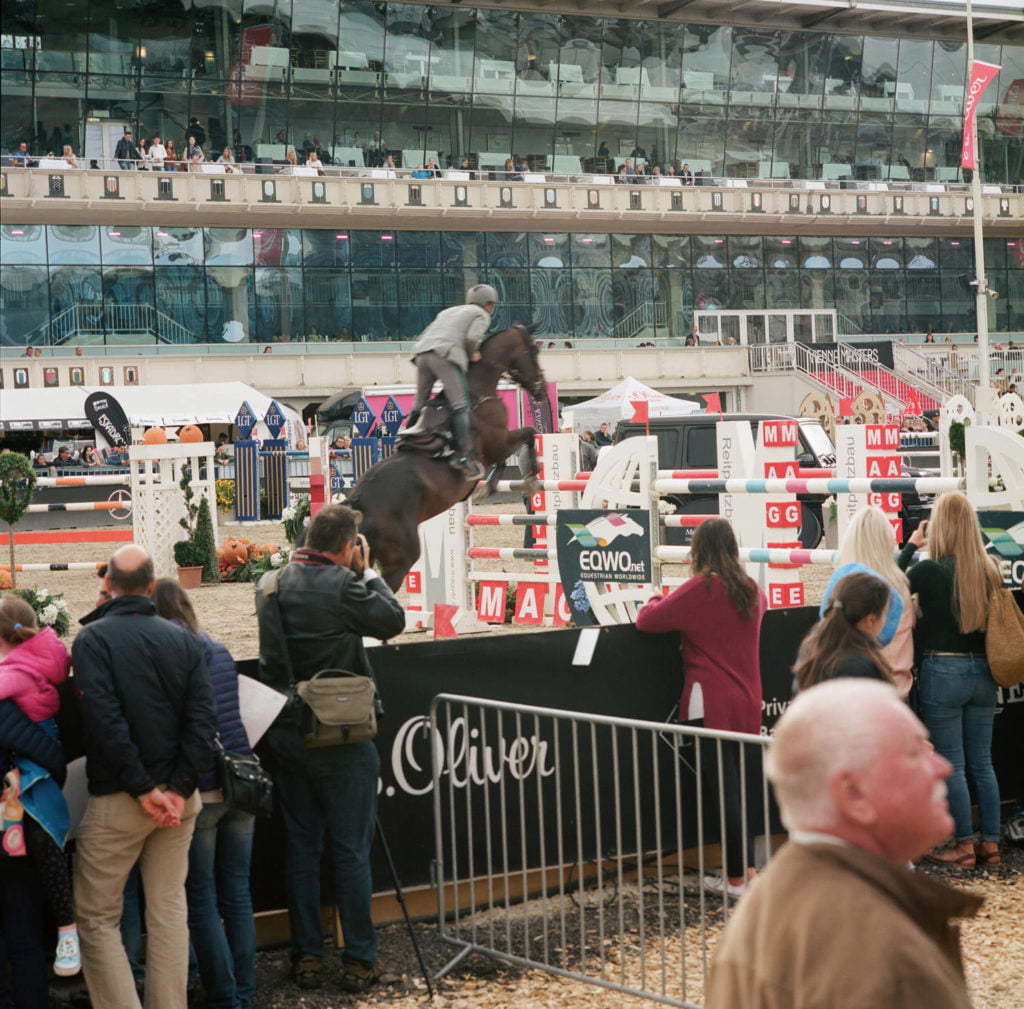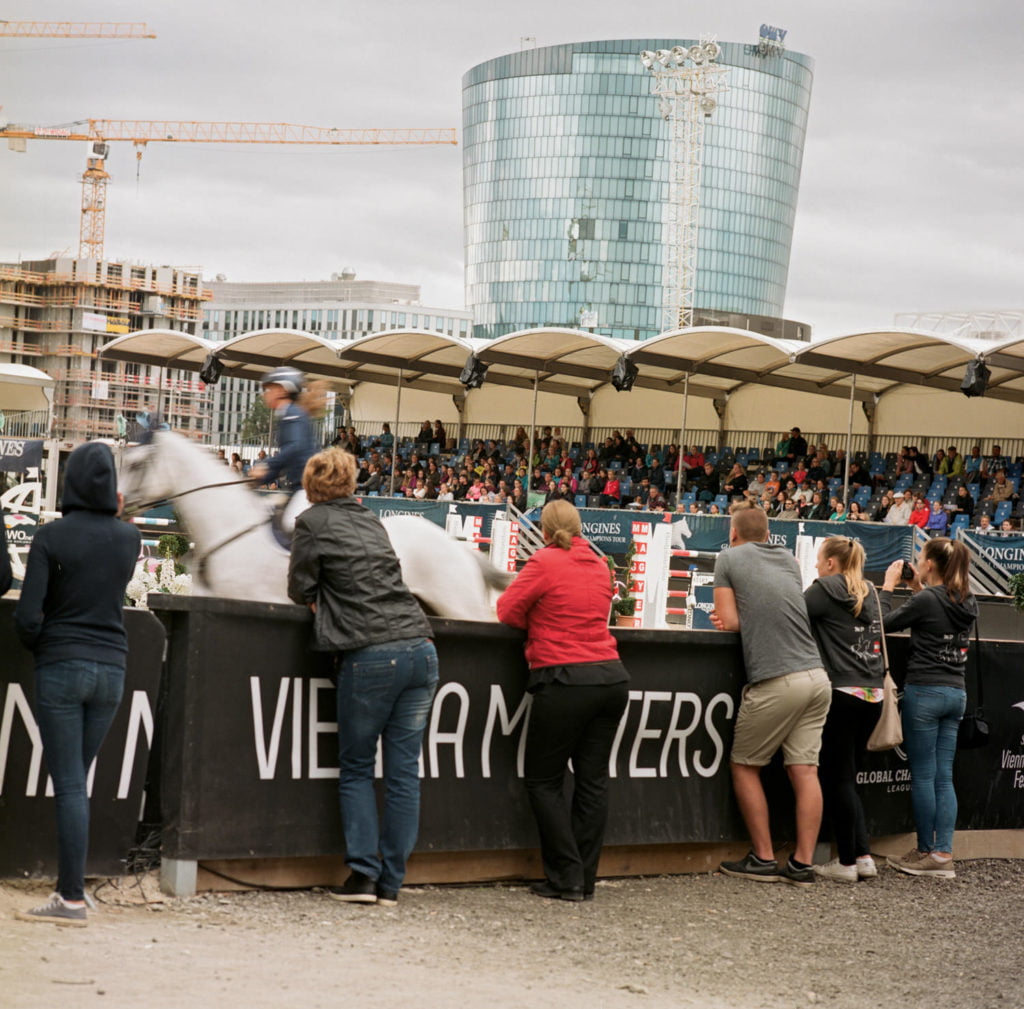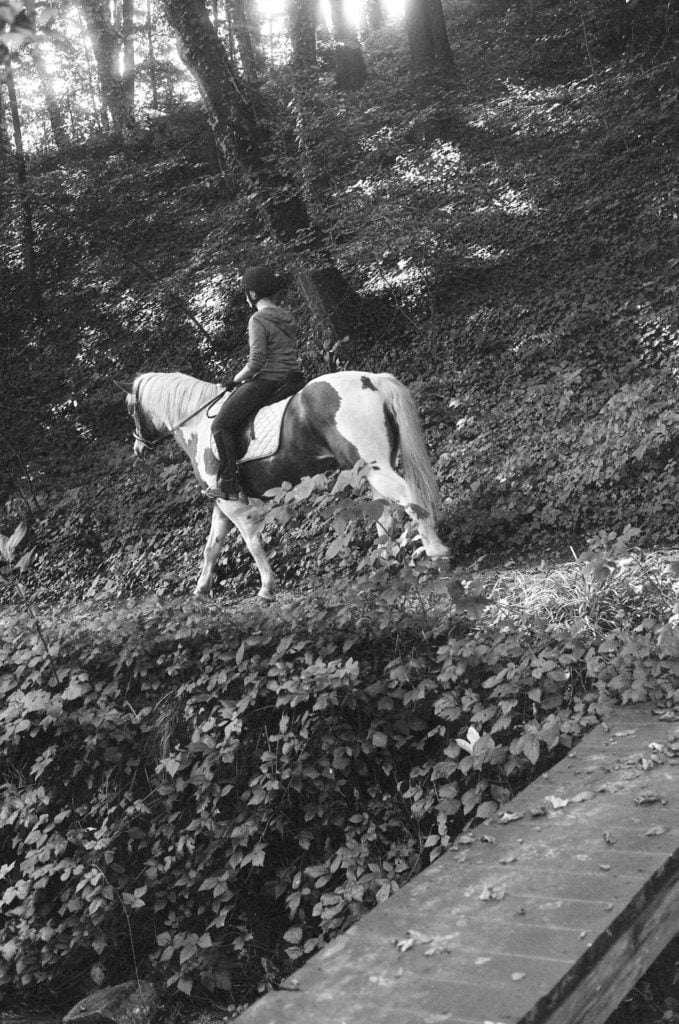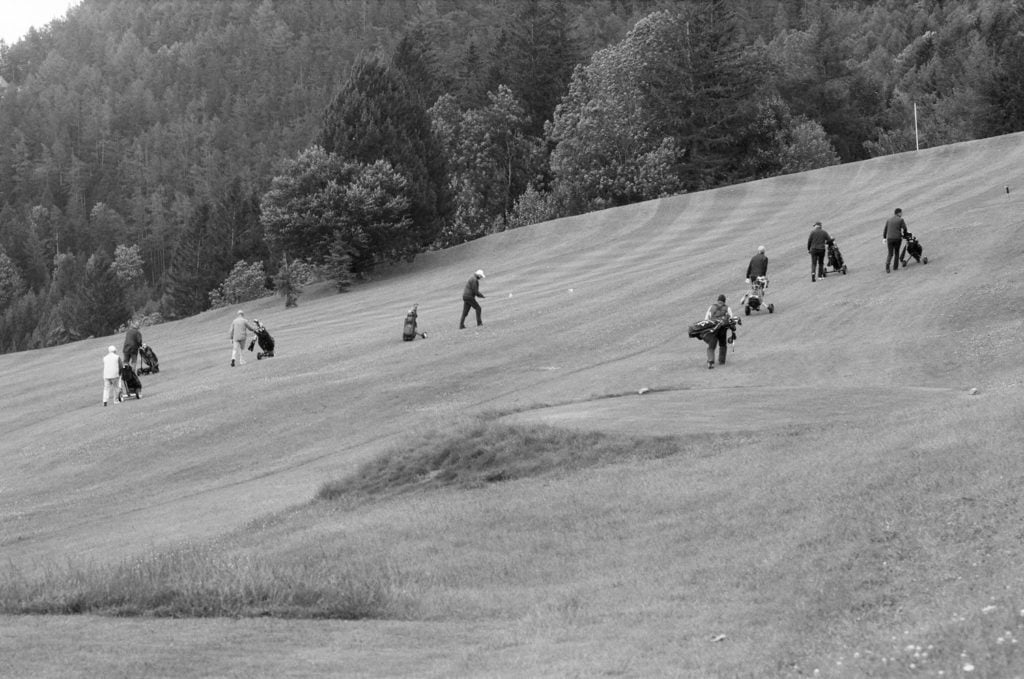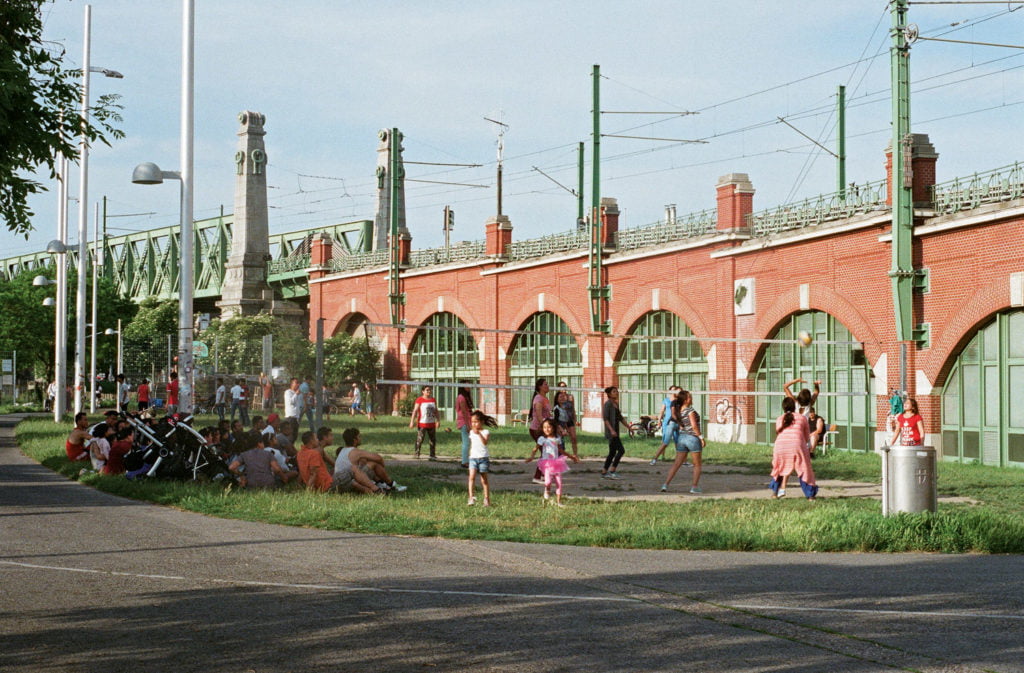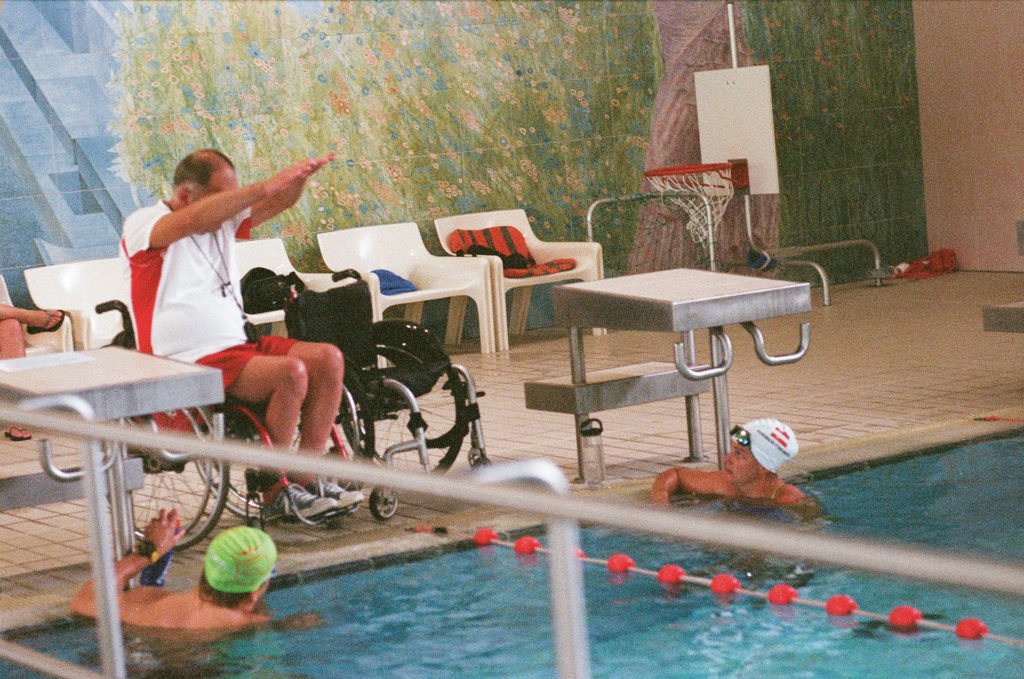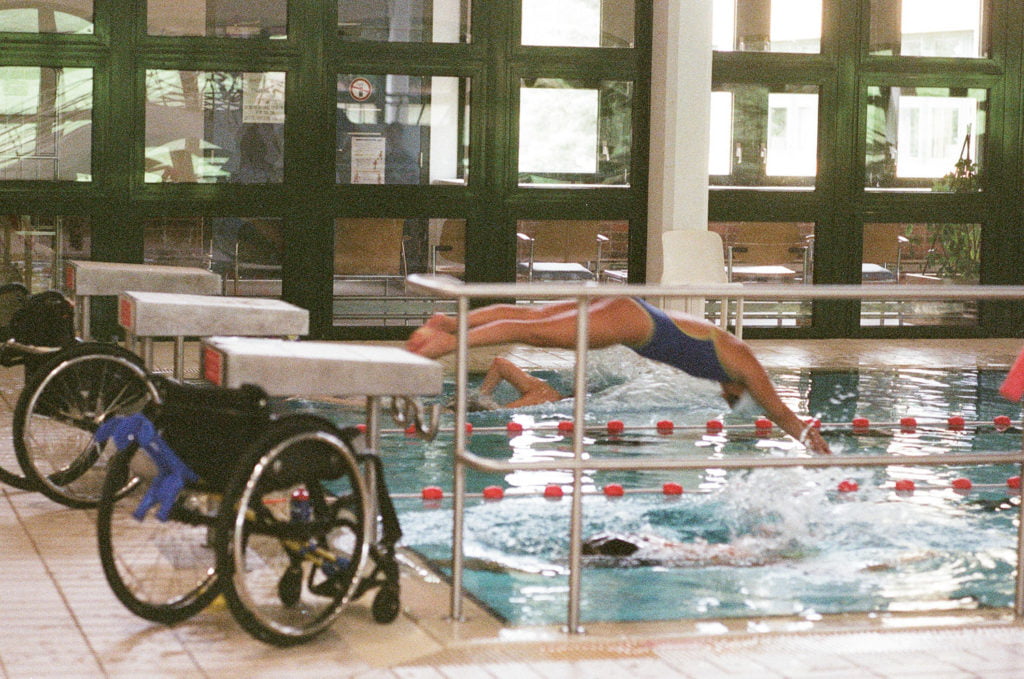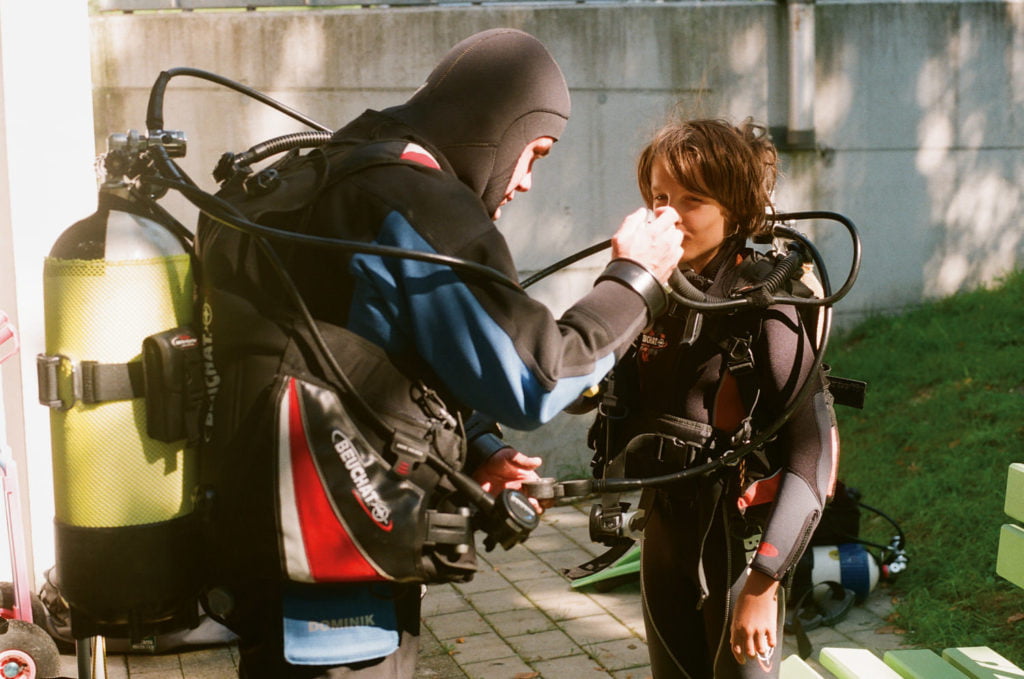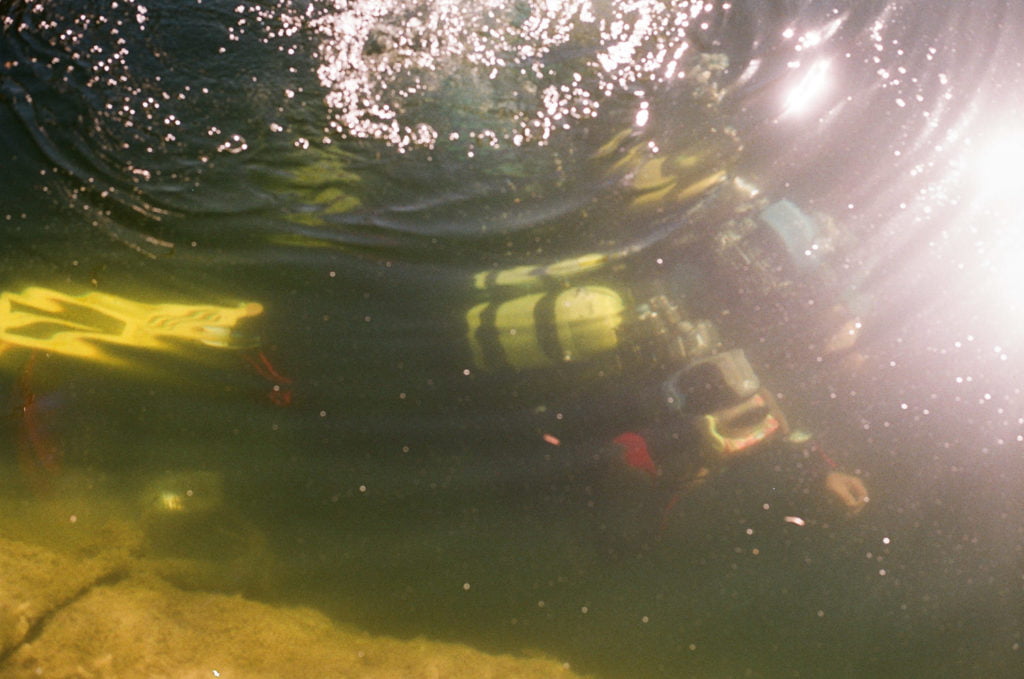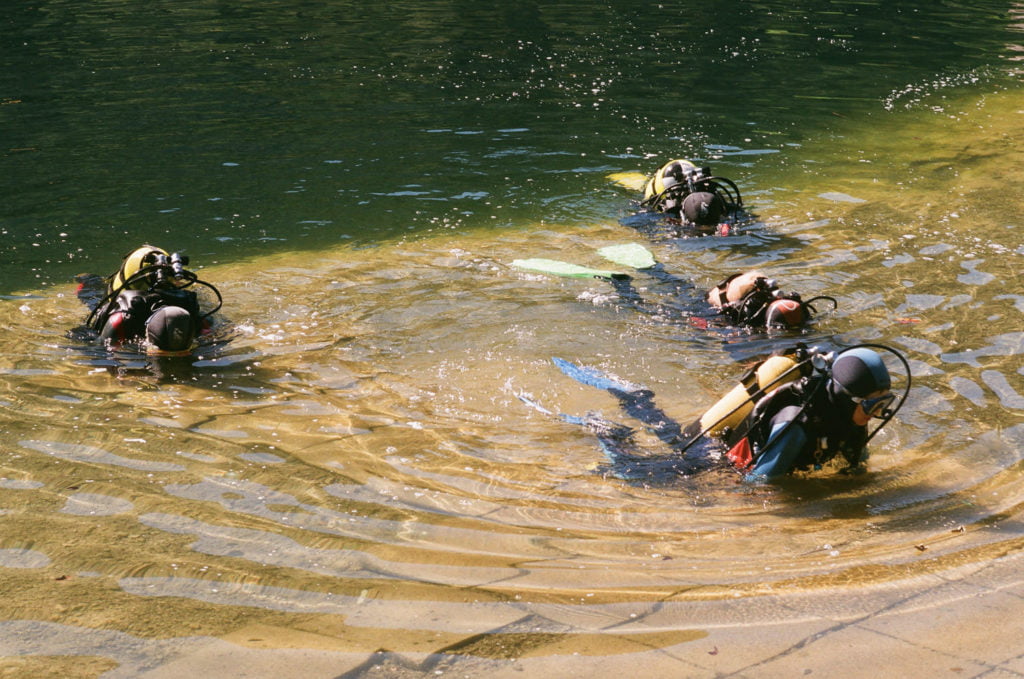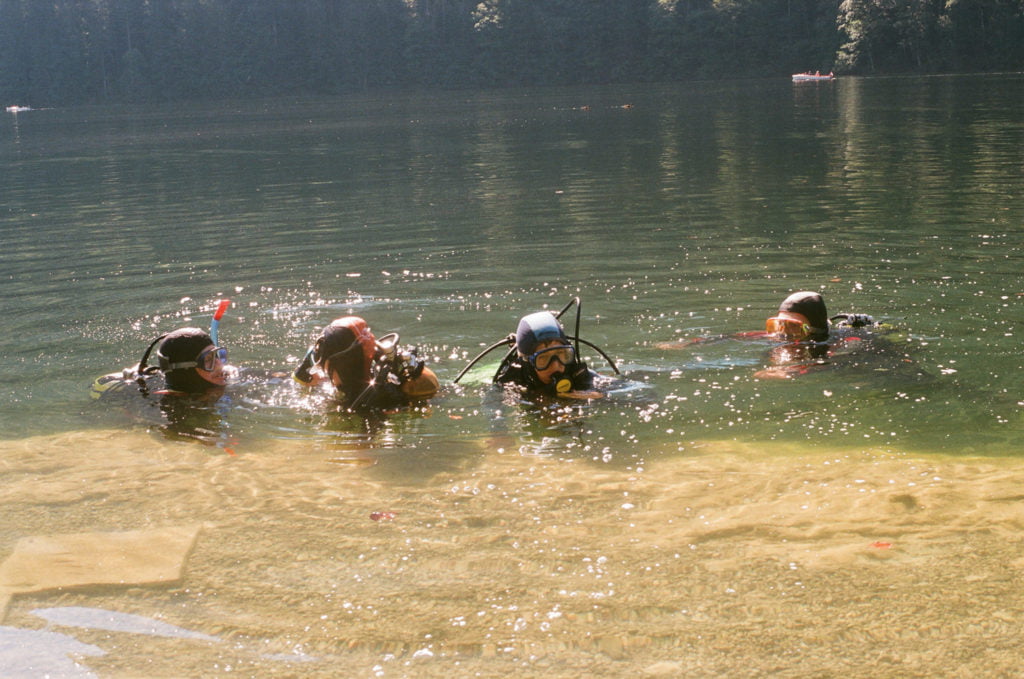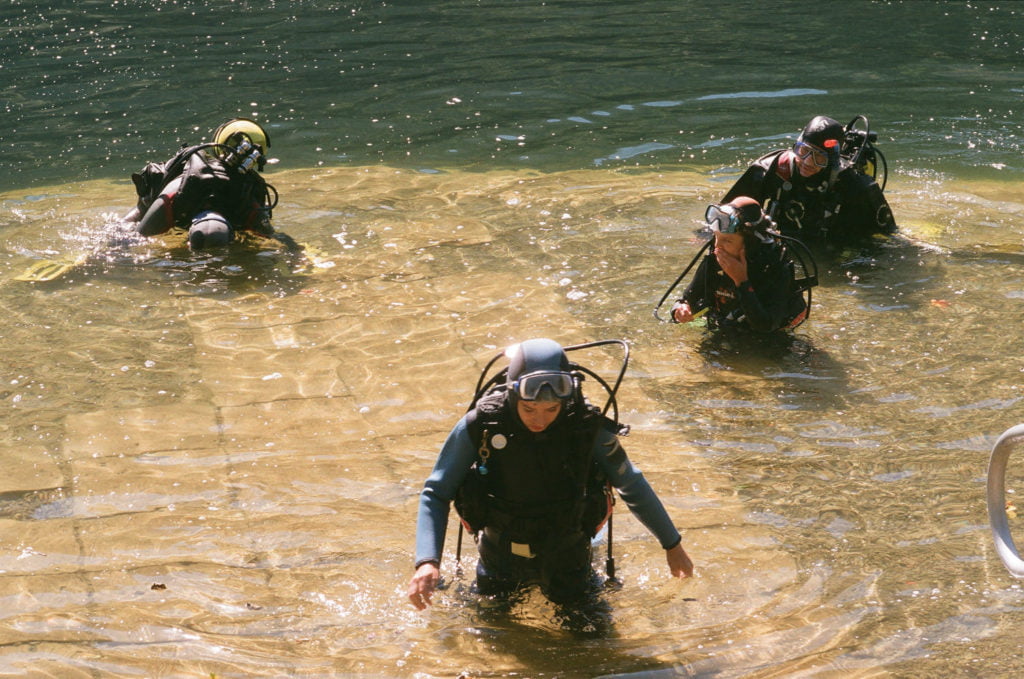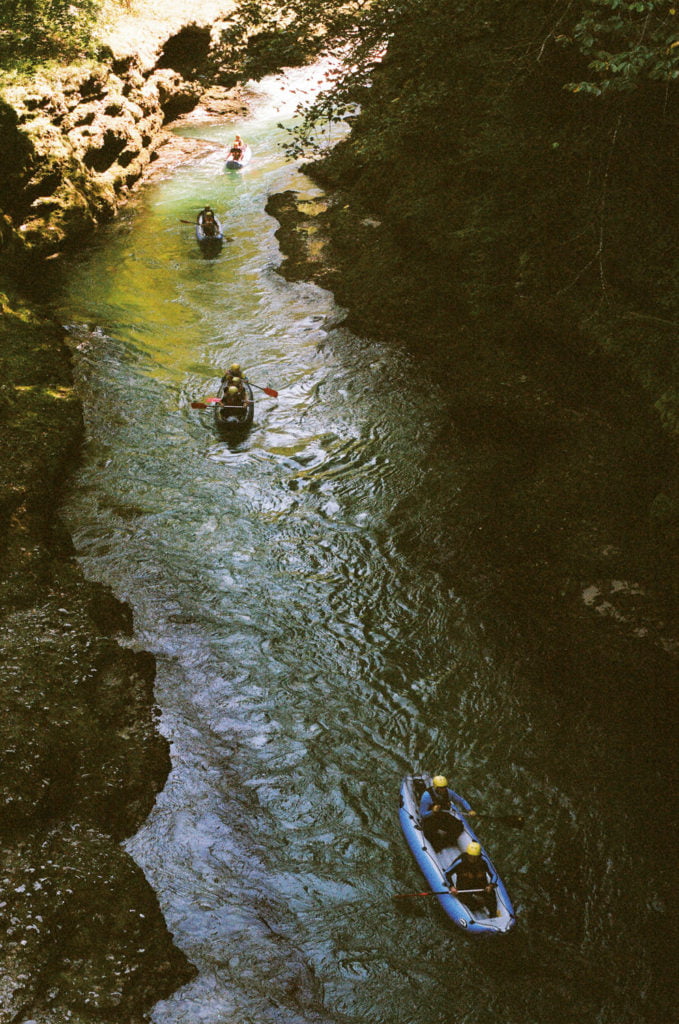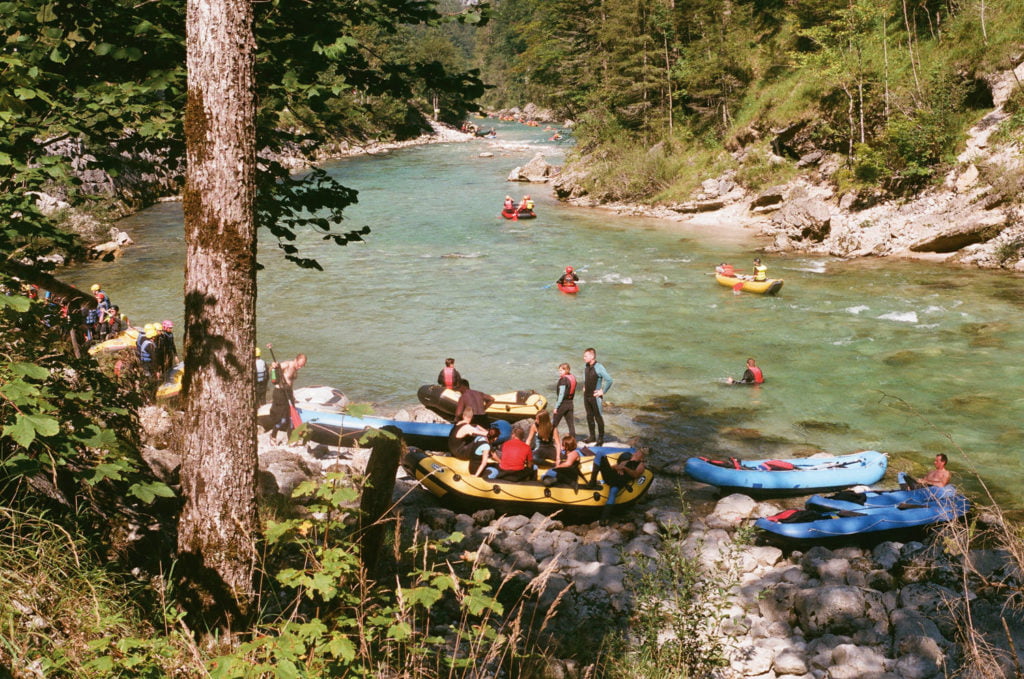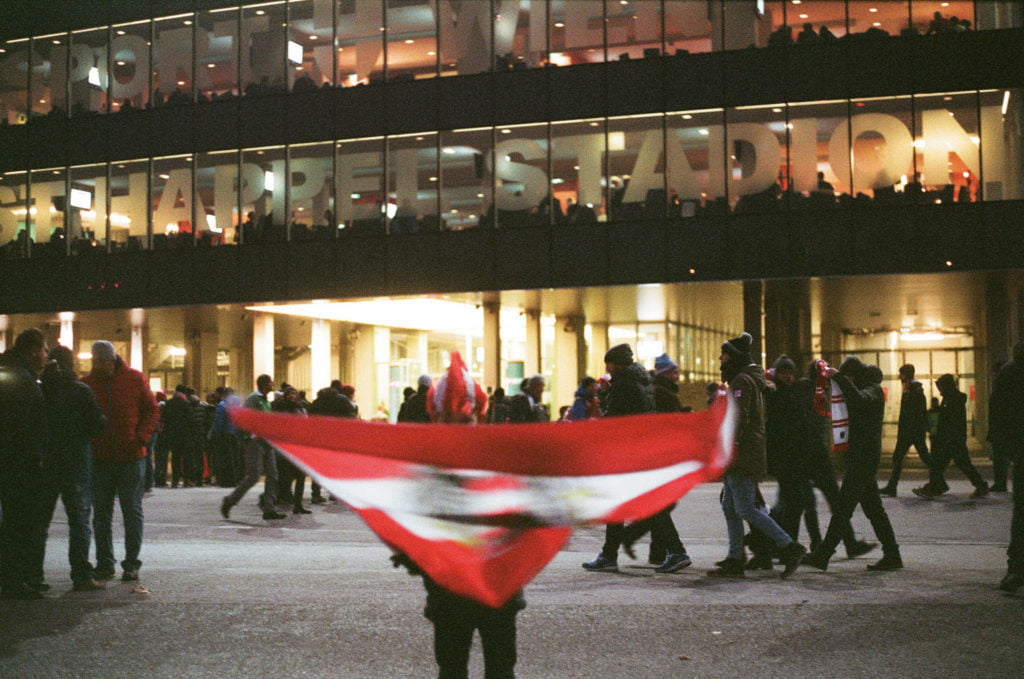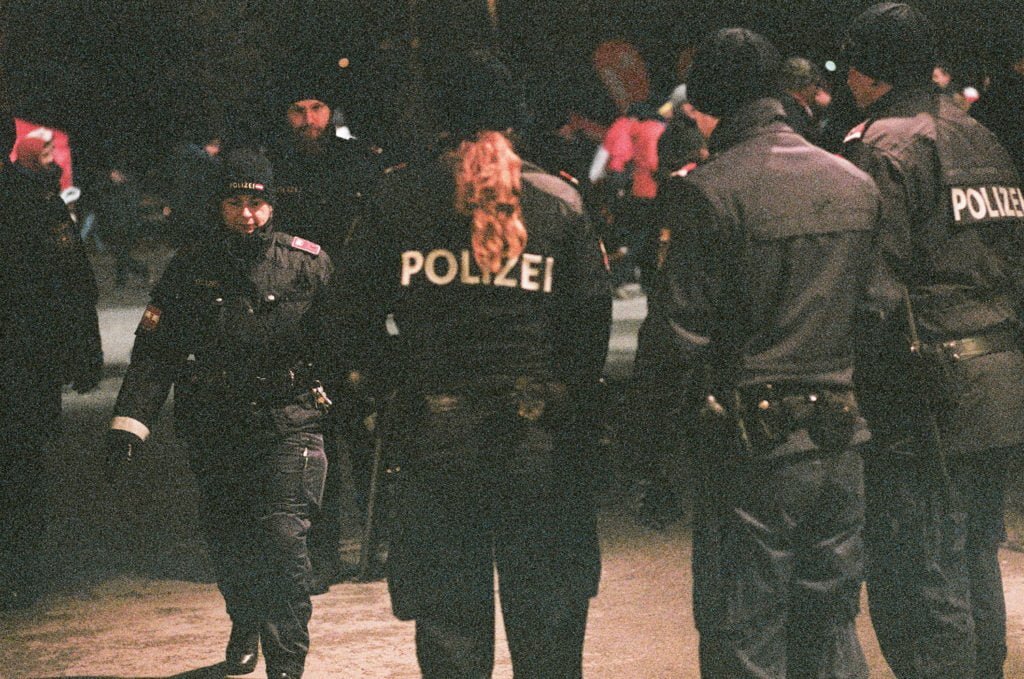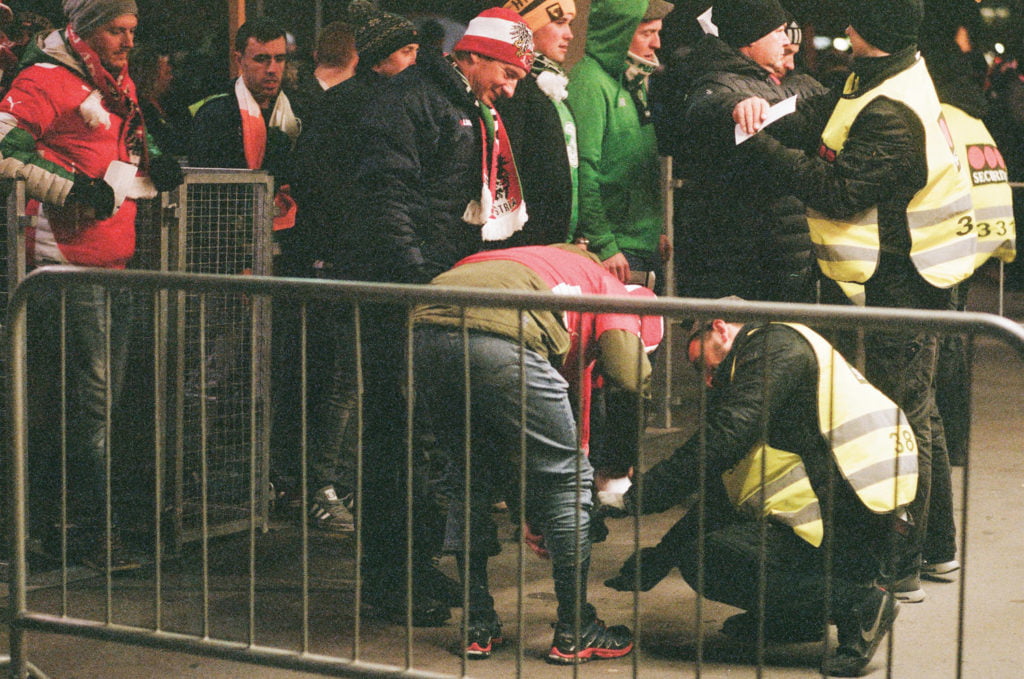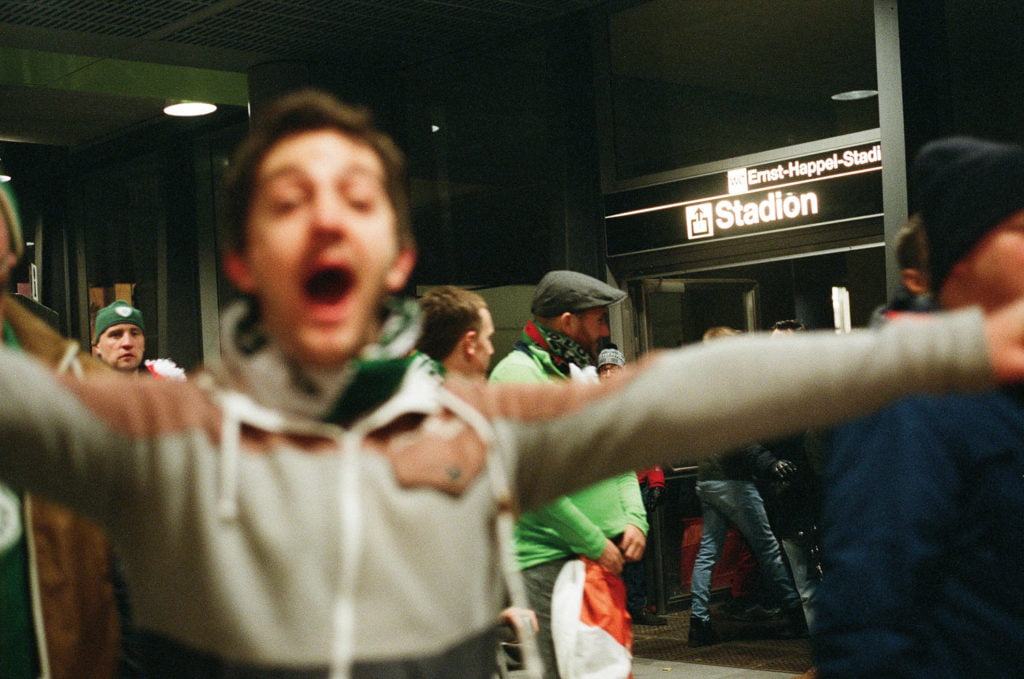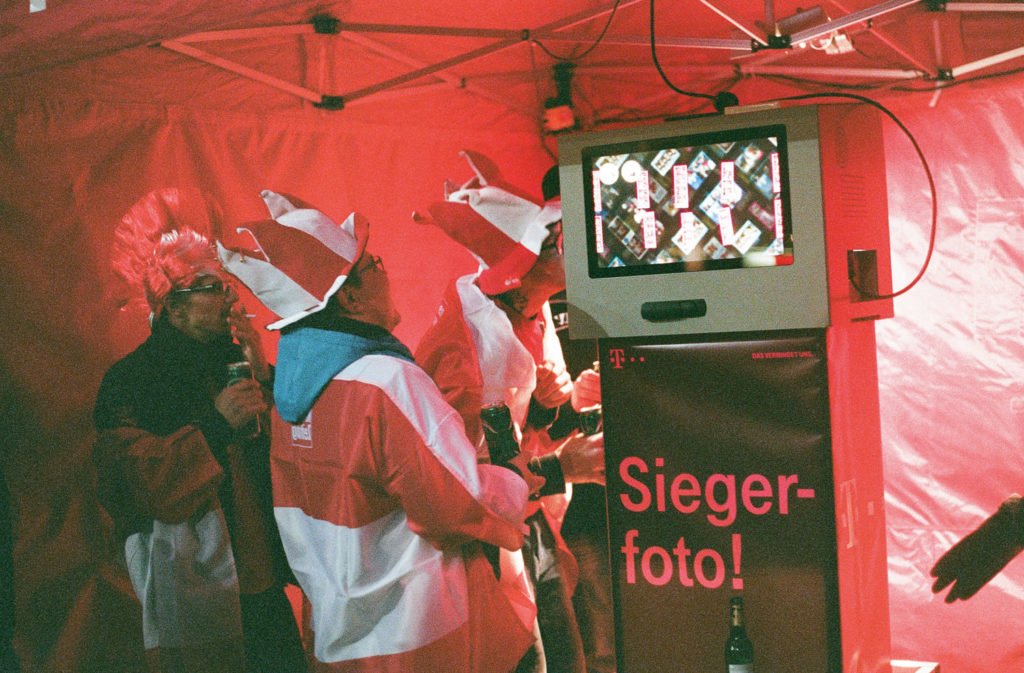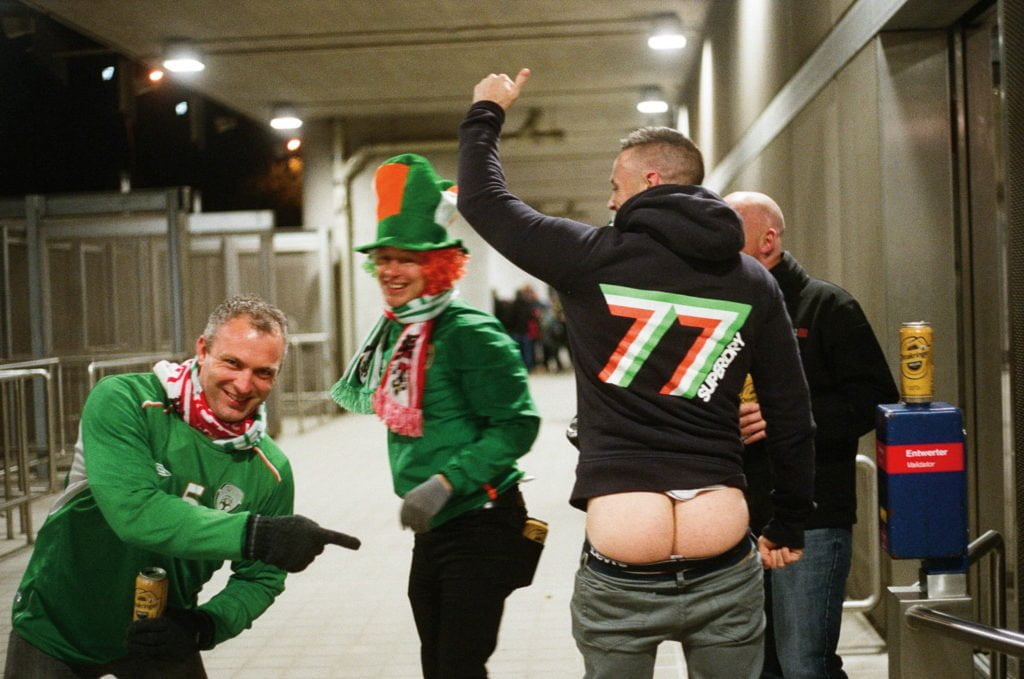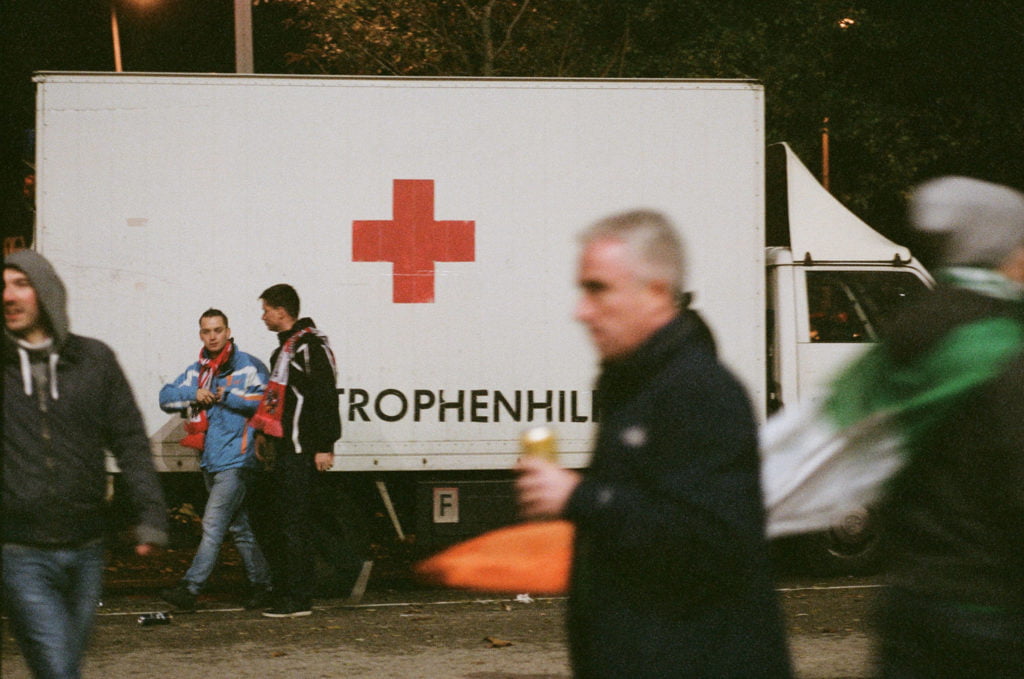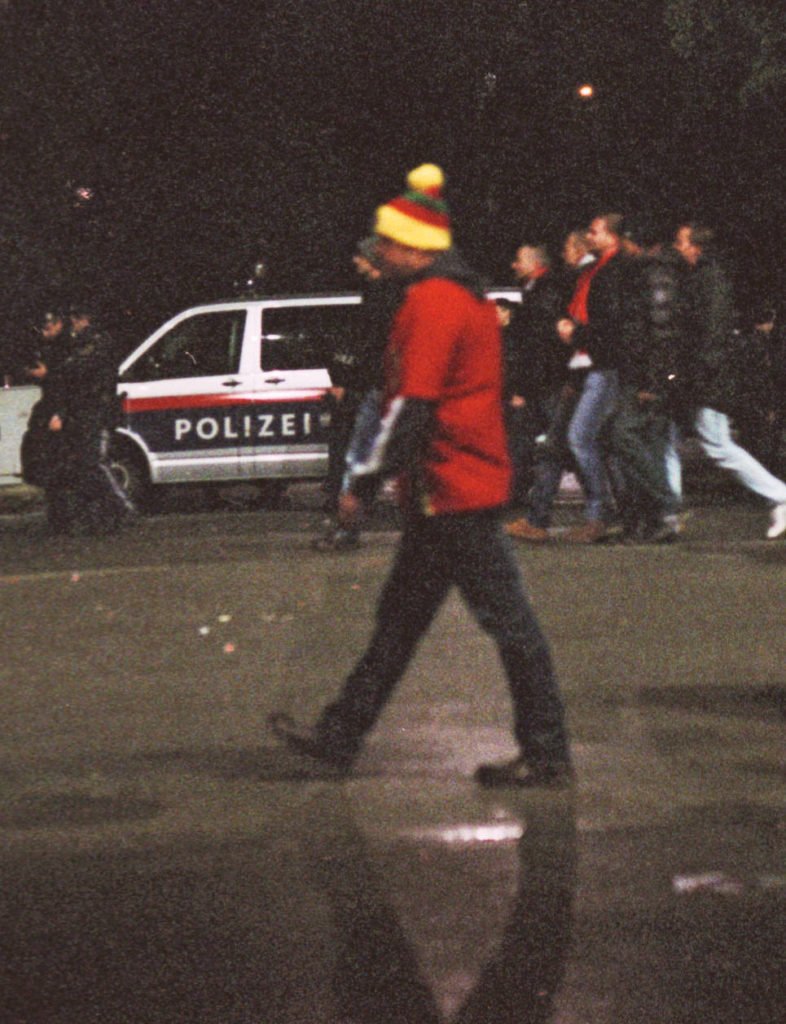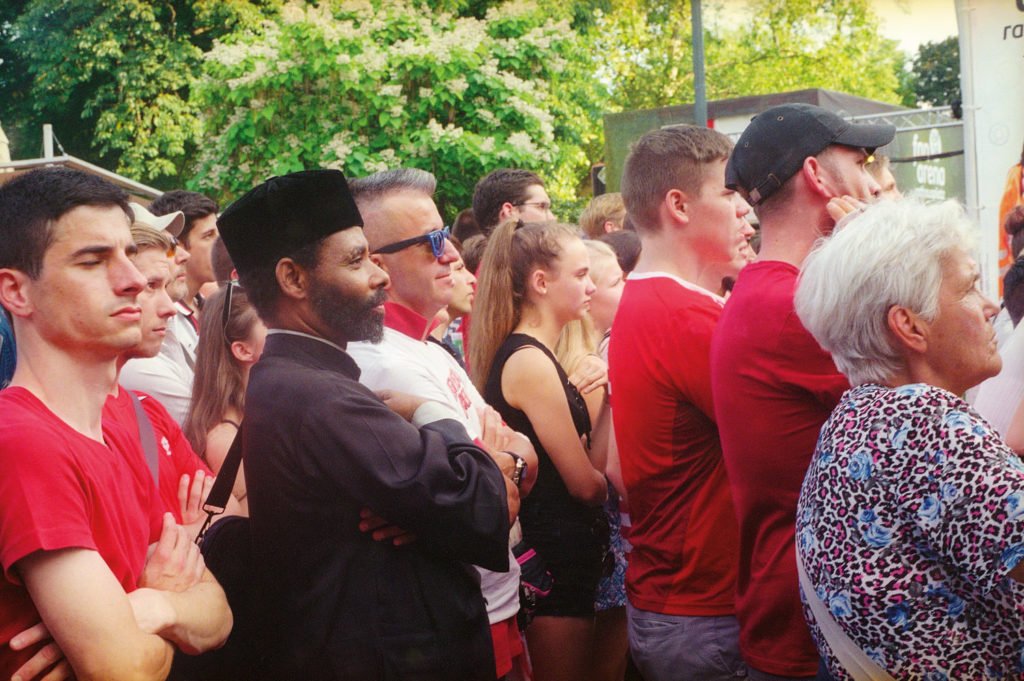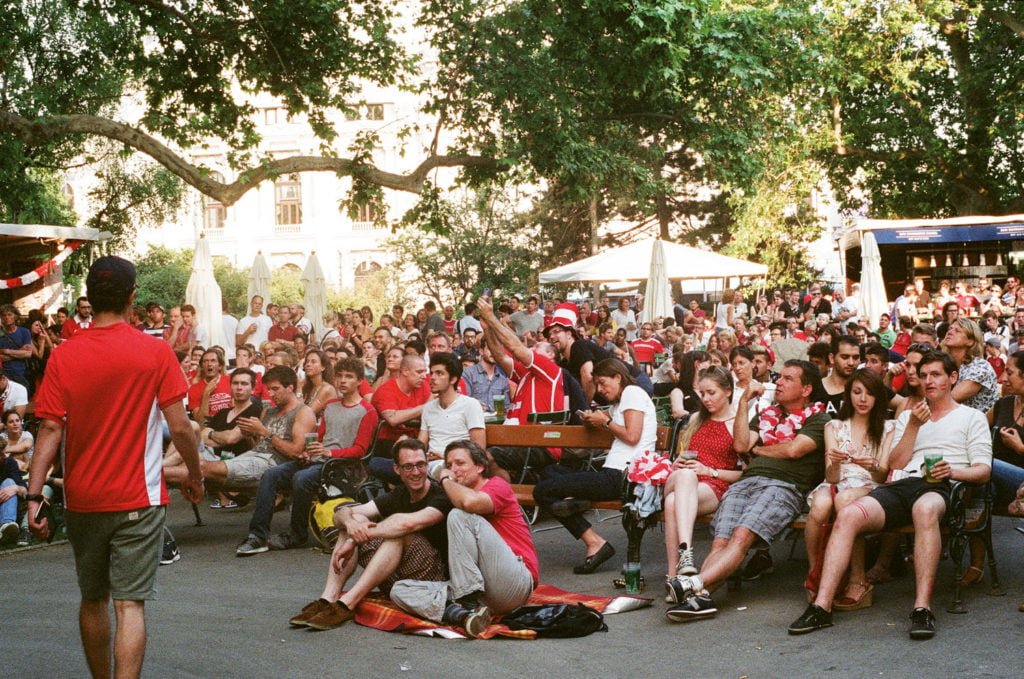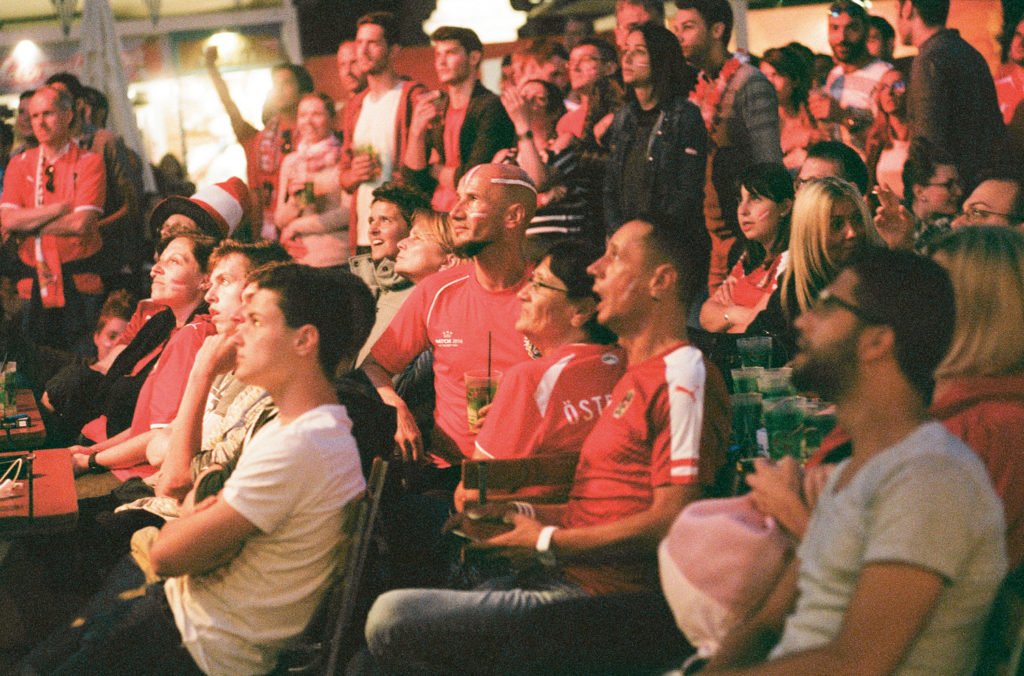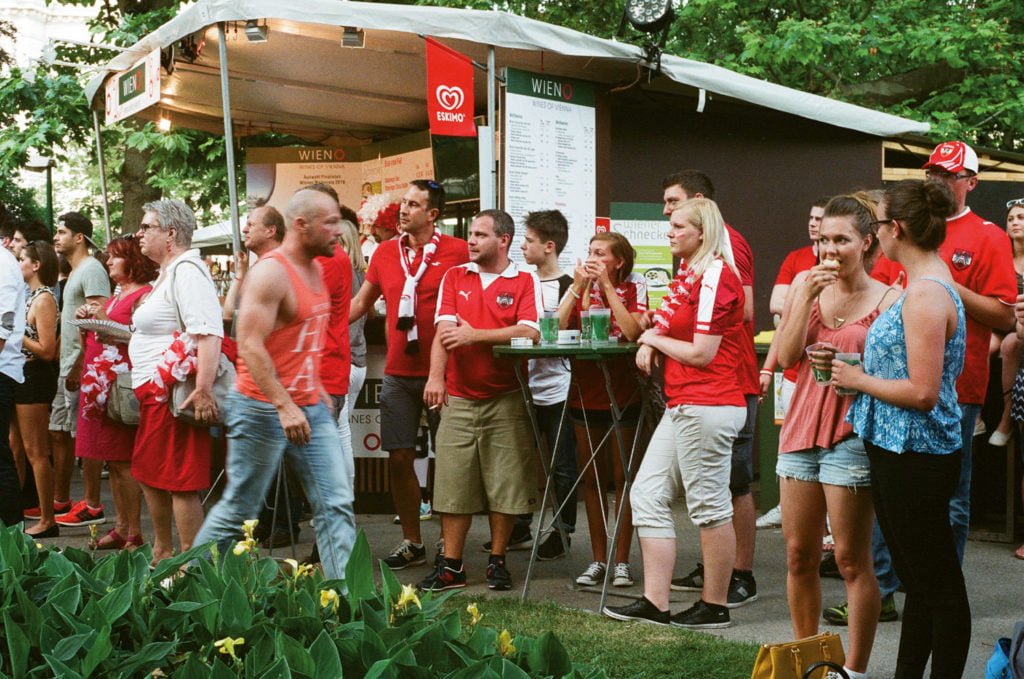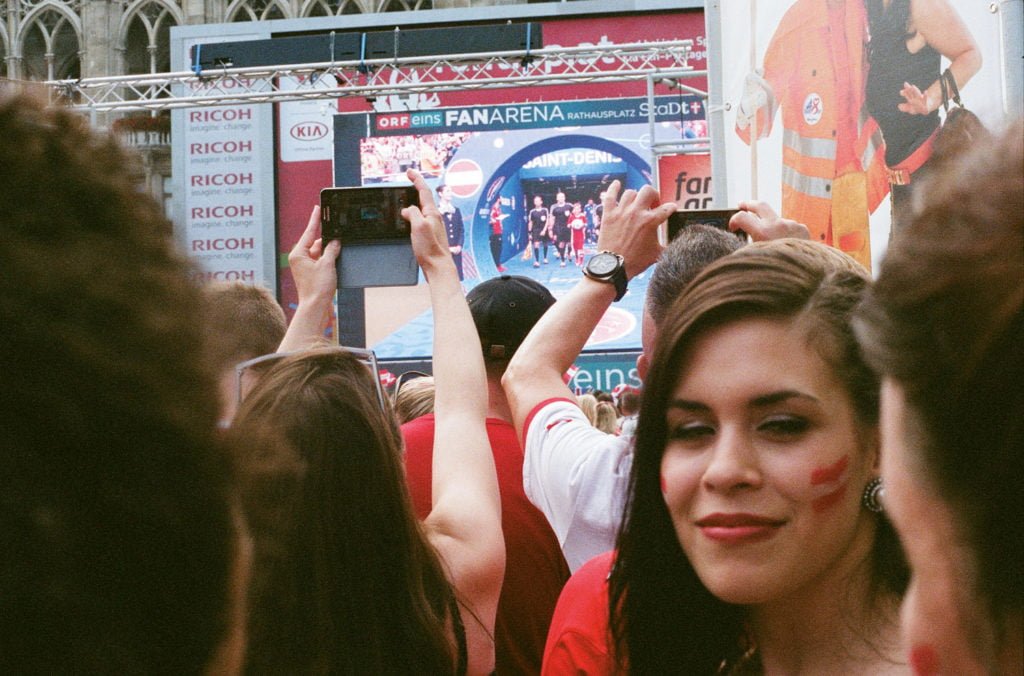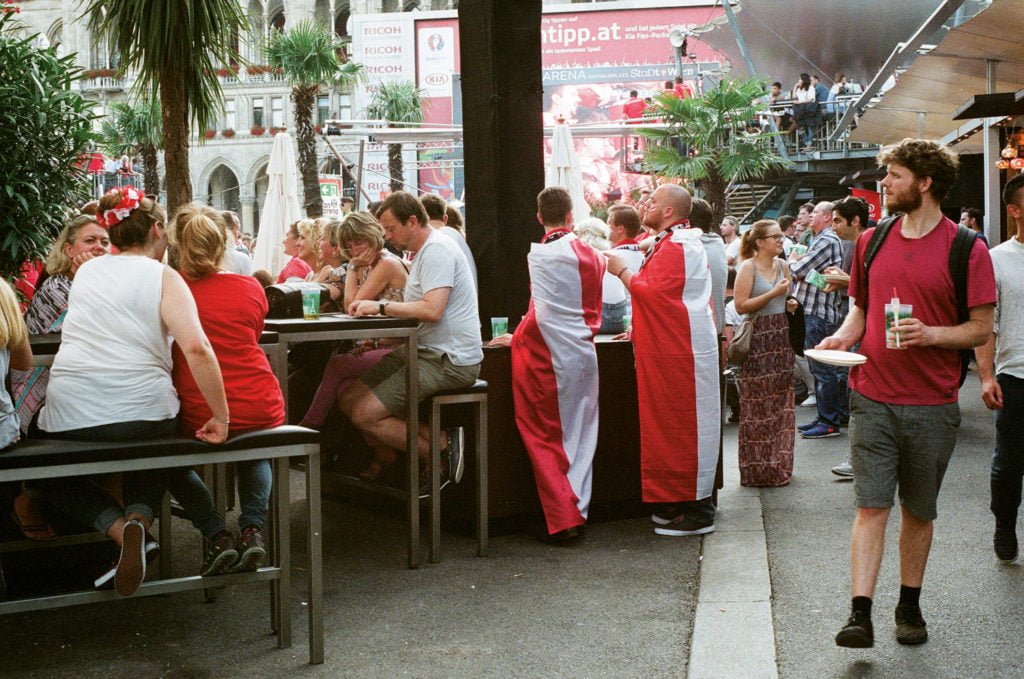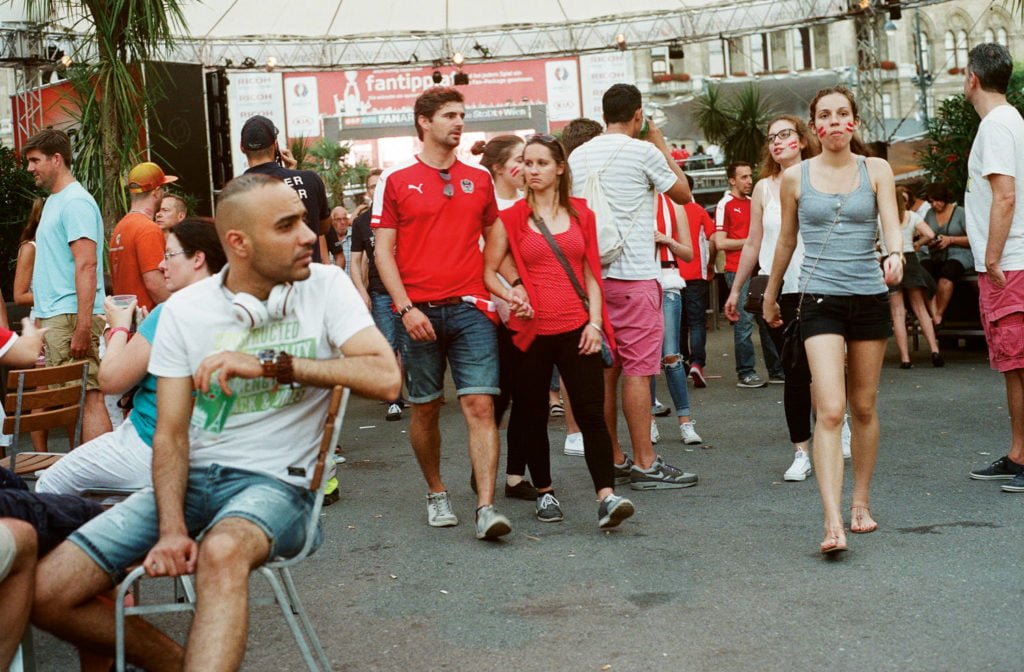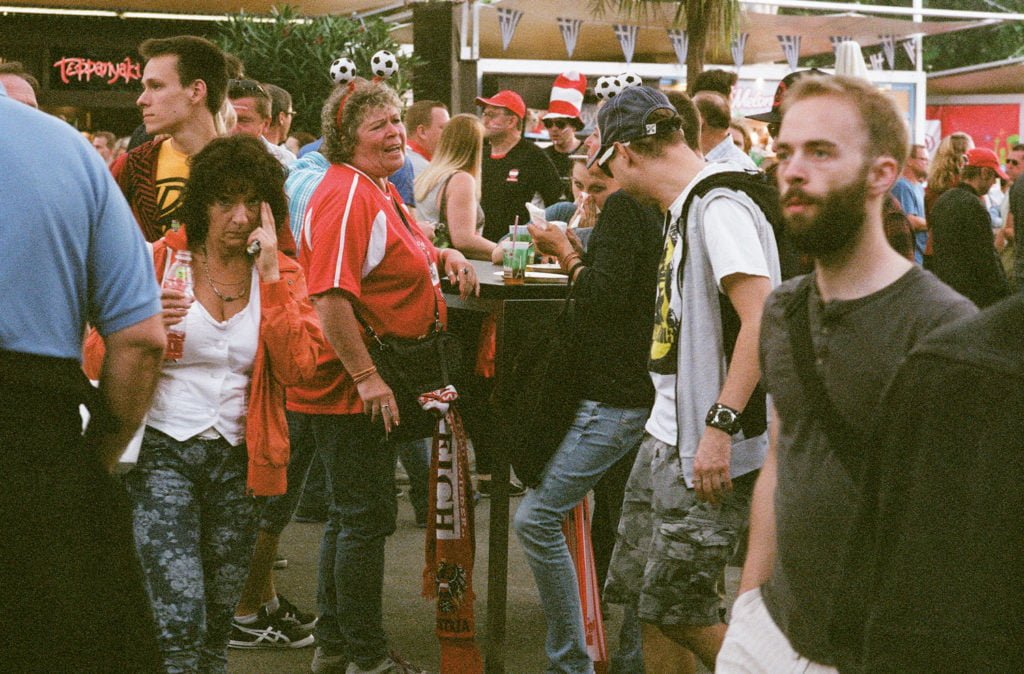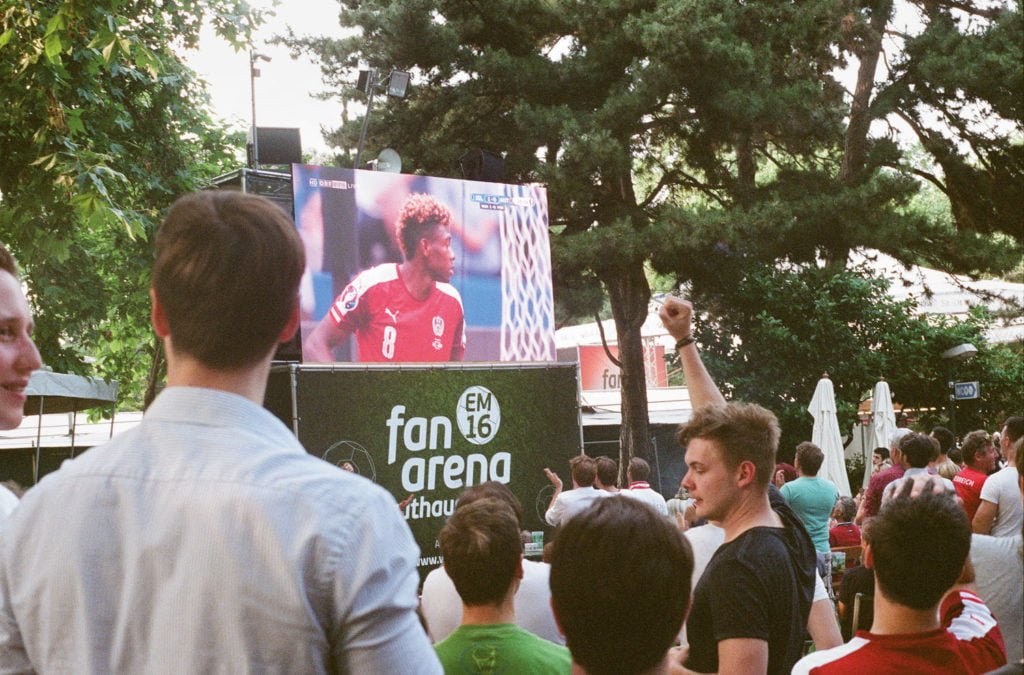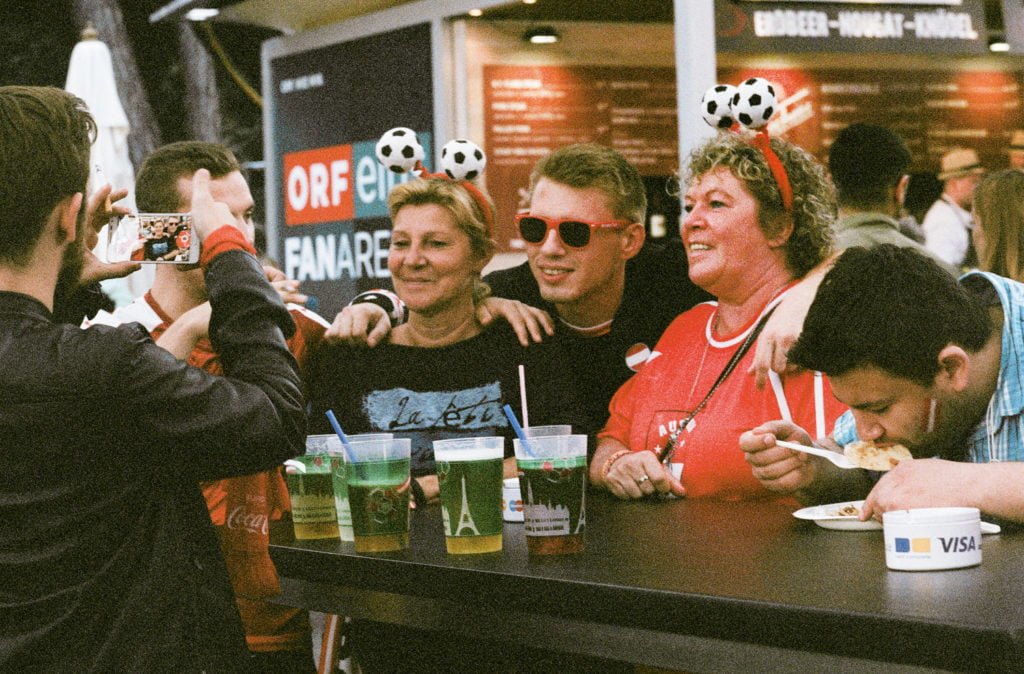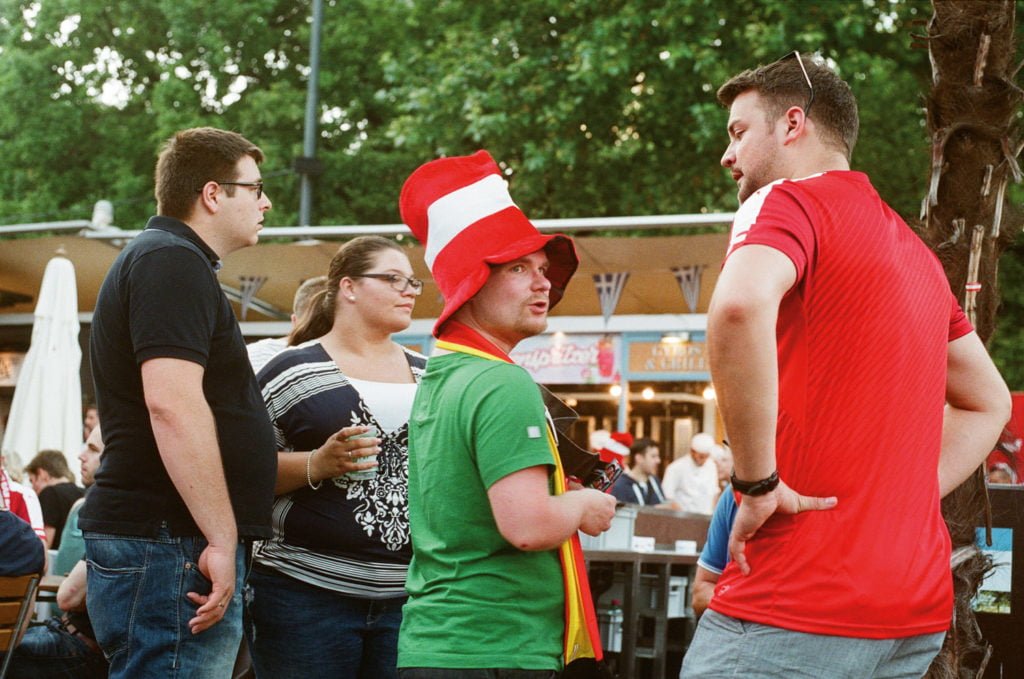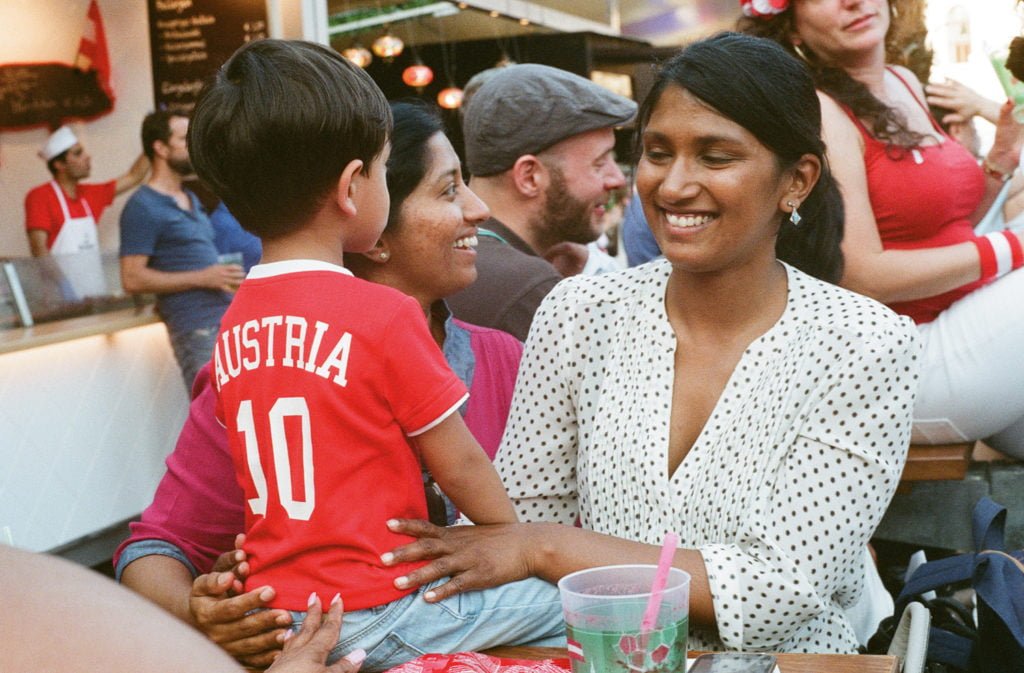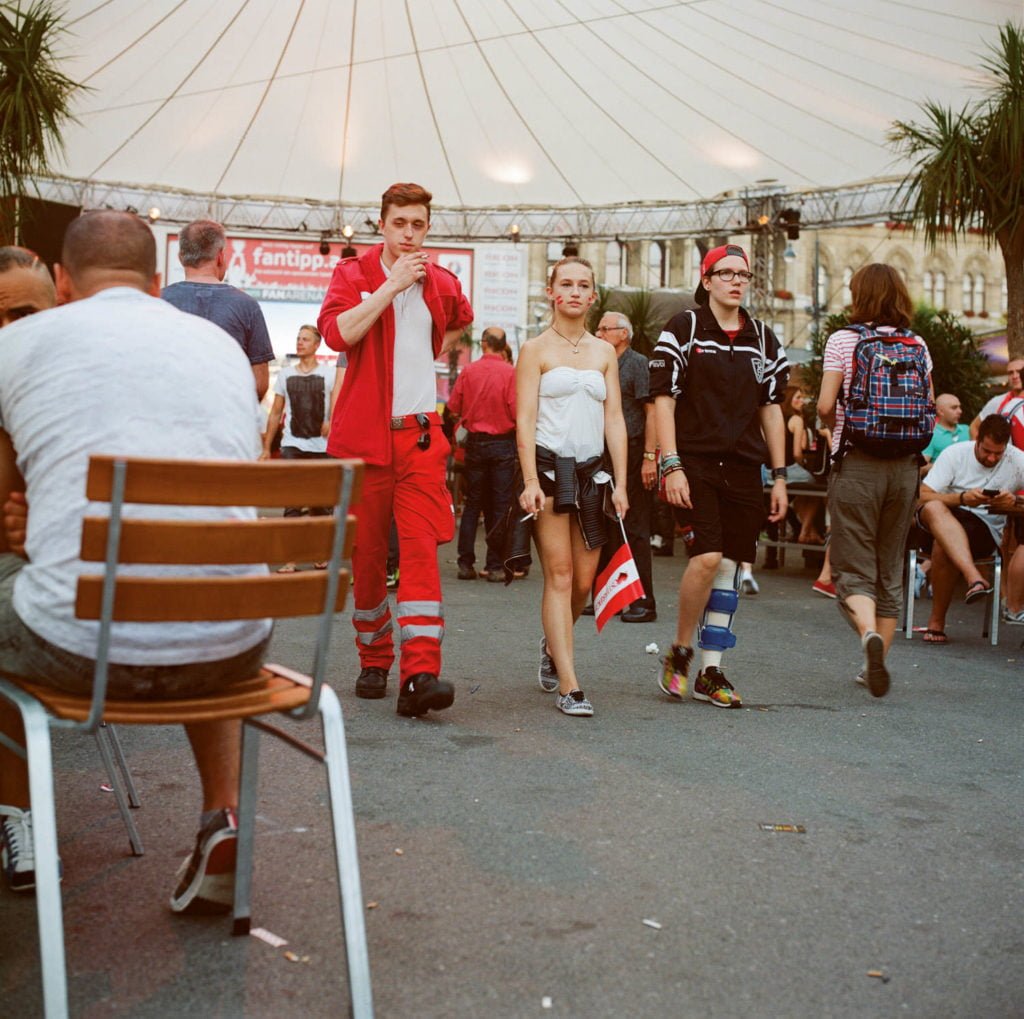Heidi Harsieber
Sport
In my first series entitled Sportfotos (2004–2009) I focused on aesthetic and erotic details that were of interest in terms of atmosphere, rather than outstanding sporting achievements. I once again adopted that particular approach of mine to the world of sport for the FacingAustria project. I was particularly interested in the passion with which sportsmen and women use their bodies and their minds, and also the passion of their fans, who are capable of empathising with them physically.
Heidi Harsieber
Heidi Harsieber, born in Gloggnitz in 1948, studied photography at the Graphische Bundes Lehr- und Versuchsanstalt, Vienna; lives and works in Vienna and Gloggnitz.
Austrians love their sports, but they are not alone in that. In Austria as in any other country, certain sports are seen as shaping the country’s sense of its own identity, and those sports are celebrated with a special affection. Austria is traditionally associated with winter sports, especially alpine sports. But with the exception of a few mainstream sports, Heidi Harsieber’s take on sport in Austria focuses mainly on sports that receive less media attention; indeed, as a general rule, she is not particularly interested in things that have been seen a thousand times before. Her photographs of events, training sessions and recreational sports are testimony to unconventional perspectives on popular sporting disciplines such as football, ice hockey and tennis, but also so-called niche sports such as archery. Harsieber embraces them all with the same fascination as she does major fixtures at the Ernst Happel football stadium in Vienna. The photographer’s curiosity about the sensuality of the bodies in motion and the emotional, intersubjective moods of the spectators is apparent in her consistently atypical perspectives, the calm and the concentration with which she captures these dynamic situations on film in a process that is exclusively analogue. In sport, Harsieber is not looking just for sporting feats and virtuosity, as is commonly the case; rather, she is interested first and foremost in the passion of the protagonists, the unexpected and unpredictable, the side effects, but also the moments of failure. Thus an ice hockey game might feature the painful moment when a player has to leave the stage following an injury. The focal point of another photograph is not trained on the divers floating majestically through the water, but on their somewhat clumsy exit from the water onto the shore. In Harsieber’s photographs, tennis becomes a choreography played out between grids and boxes. While the spectators remain quietly and fixedly seated within the confines of their stands, the ball boys kneel before the players as they give it their all. Archery is suddenly recognisable as a game of strategy, just as kayakers and canoeists become conquerors of the country’s native waters. At Vienna’s Krieau horseracing track the ballet of building cranes competes head to head with the lissom horses. Elsewhere social contrasts collide in the juxtaposition of golf and volleyball. While the golfers basking in the exclusive seclusion of Austria’s oldest golf course at the Semmering do not wish to be disturbed by the photographer, in a public space in Vienna she is able to get close to the volleyball game being played out by Nepalese women, watched by their husbands. The photographer’s interest in, and keen sensitivity for, the psychological dynamics in human gatherings are particularly in evidence in the two football double-pages. They depict the mass euphoria and deep emotional downer felt by fans after a defeat during a public viewing as well as the now ubiquitous control and security aspect at major fixtures. The photographer also pays tribute to disabled sport, which all too often is showcased only during Paralympics events. Even in the age of media voyeurism she restores a touch of normality to it, with one of the photos giving no indication whatsoever that the female athlete is in fact physically impaired.
Heidi Harsieber’s photography is characterised by an inquisitive, sensual and psycho- logically motivated approach to human beings. She approaches the subjects in her photographs with great affection, something the depicted certainly get to sense. She succeeds in gaining the trust of people from all sorts of social contexts, reflecting the diversity of the sports themselves. Heidi Harsieber’s photographs give Austrian sport a new face by focusing precisely on the things we usually overlook.
Astrid Peterle, born in Klagenfurt in 1981, is a curator at the Jewish Museum in Vienna; Numerous publications on photography, performance art, choreography and feminist and queer art.
